The Shark from Deep Blue Sea (1999)
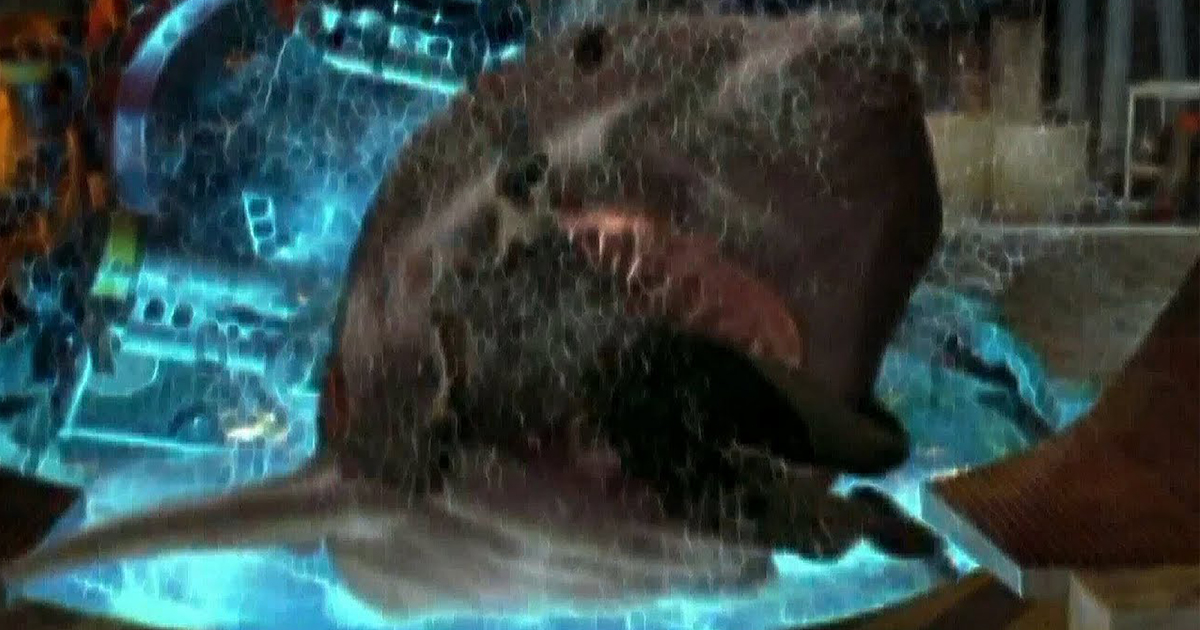
Jaws set an unbeatably high watermark for shark movies in 1975, but Deep Blue Sea’s storyline of genetically modified sharks feels like classic aqua-thriller gold. Unfortunately, the visual effects department didn’t hold up their end of the bargain.
Where Jaws relied on a mechanical shark – and, conveniently, the fear induced by not seeing the shark at all – Deep Blue Sea plumps for showing off the sharks in all their chomping glory. But when Samuel L Jackson gets surprised from behind by a shark, chewed in its big, rubbery mouth, it just looks like the shark from Toy Story picked a fight with Stretch Armstrong in an Amazon warehouse.
The Scorpion King from The Mummy Returns (2001)
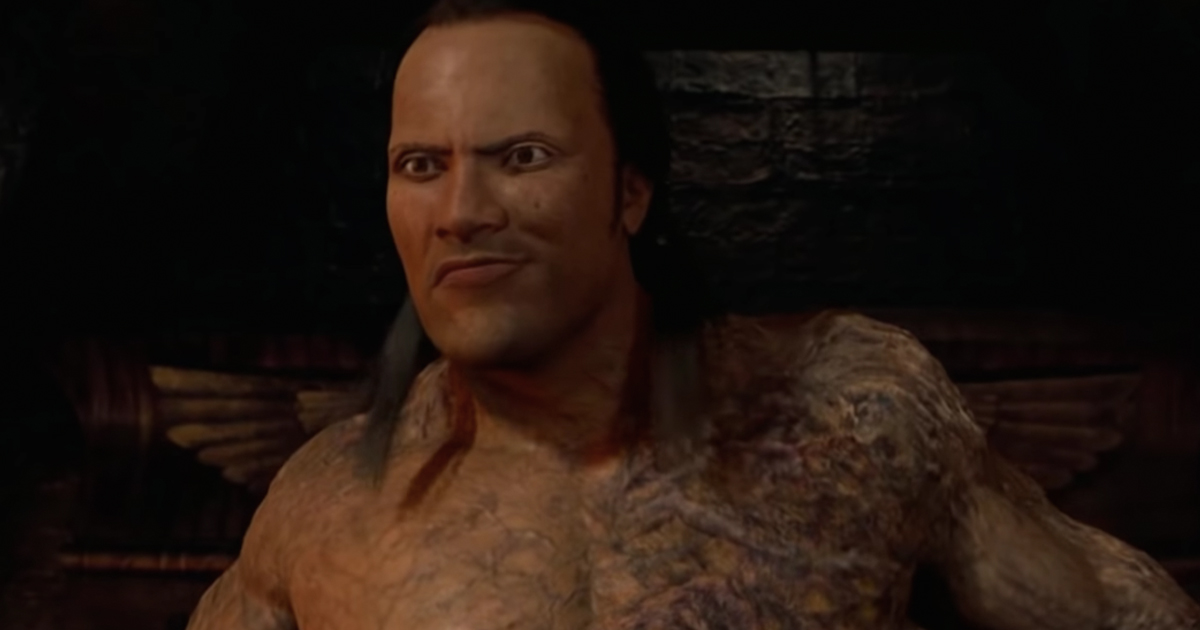
In resurrecting one of its oldest properties for 1999’s The Mummy, Universal struck gold. When wrestling superstar and future movie overlord Dwayne ‘The Rock’ Johnson joined the cast of the follow-up, The Mummy Returns, the studio rubbed its hands in glee and immediately green-lit a spin-off/prequel in 2002’s The Scorpion King.
With a grotesque sheen to his skin and an utterly absurd physique, not even Dwayne Johnson can save this abomination of visual effects. Still, in the years since, Johnson’s box office numbers have continued to bulge like a flexing bicep.
Superman’s upper lip in Justice League (2017)
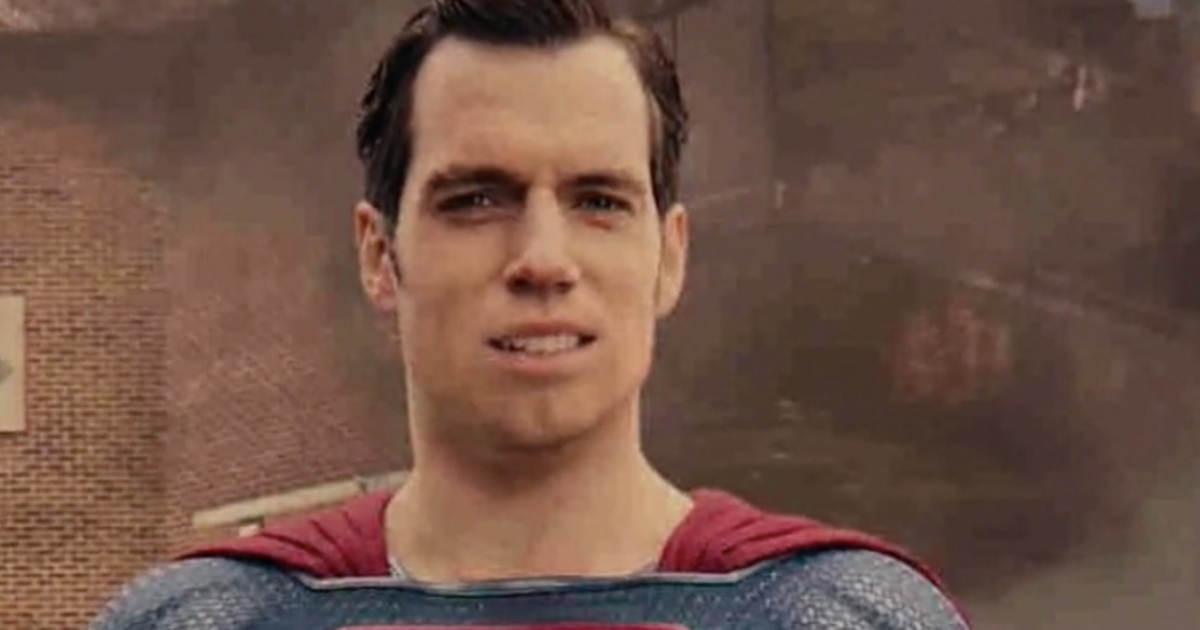
You all knew it was coming. In one of the most galling examples of CGI misuse in the past few years, Henry Cavill’s Superman had his upper lip – and sometimes his entire lower jaw – digitally reconstructed in 2017’s Justice League.
Since Cavill was firmly in the clutches of Mission: Impossible reshoots, it seemed that DC might have to heavily delay the release of their film. Step forward some canny producers, who claimed they could digitally redo Cavill’s mustachioed face to leave it looking smooth. Alas, with the irony of a witch’s curse, Cavill looks so smooth in Justice League that he resembles the filling of an egg tart.
The vampire assault in I Am Legend (2007)
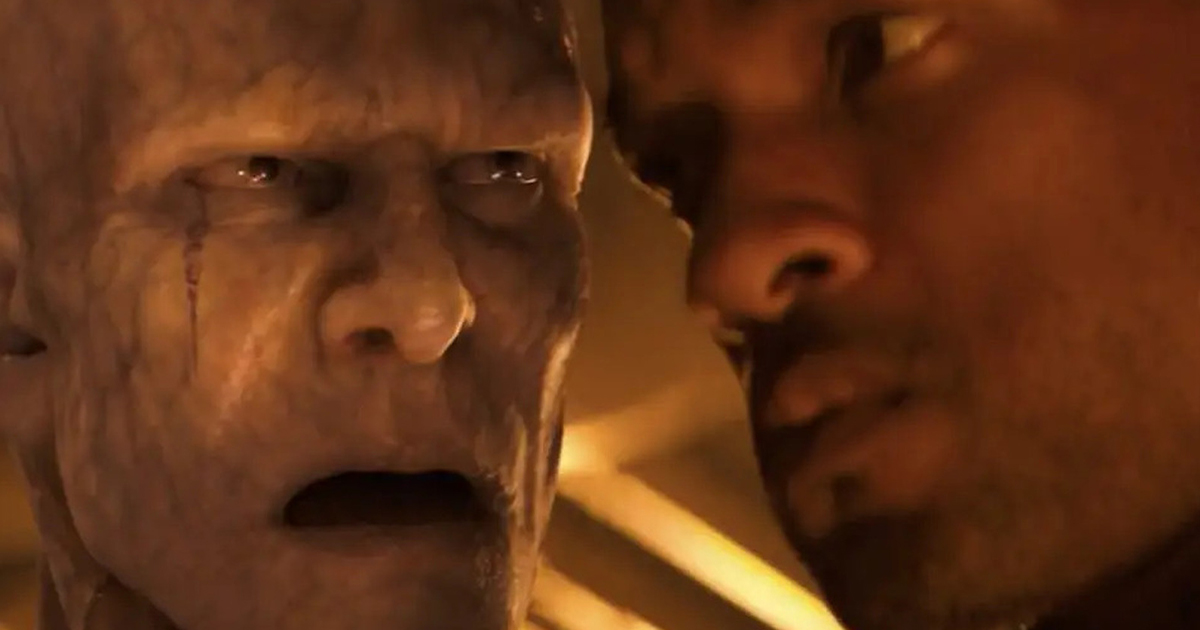
Adapting a classic novel for the silver screen is always a tough task, not least when it’s scheduled to be a Christmastime blockbuster with Will Smith in the lead. Sadly for I Am Legend, it was a case of so close, yet so far.
The film’s vampires were, on-set at least, actors wearing prosthetics. In post-production, however, these were converted into bizarrely spongey CGI figures, removing any trace of humanity the creatures might have had left, and utterly undermining the whole point of the original text, or even the film.
Jabba the Hutt in Star Wars: A New Hope – Special Edition (1997, 2004)
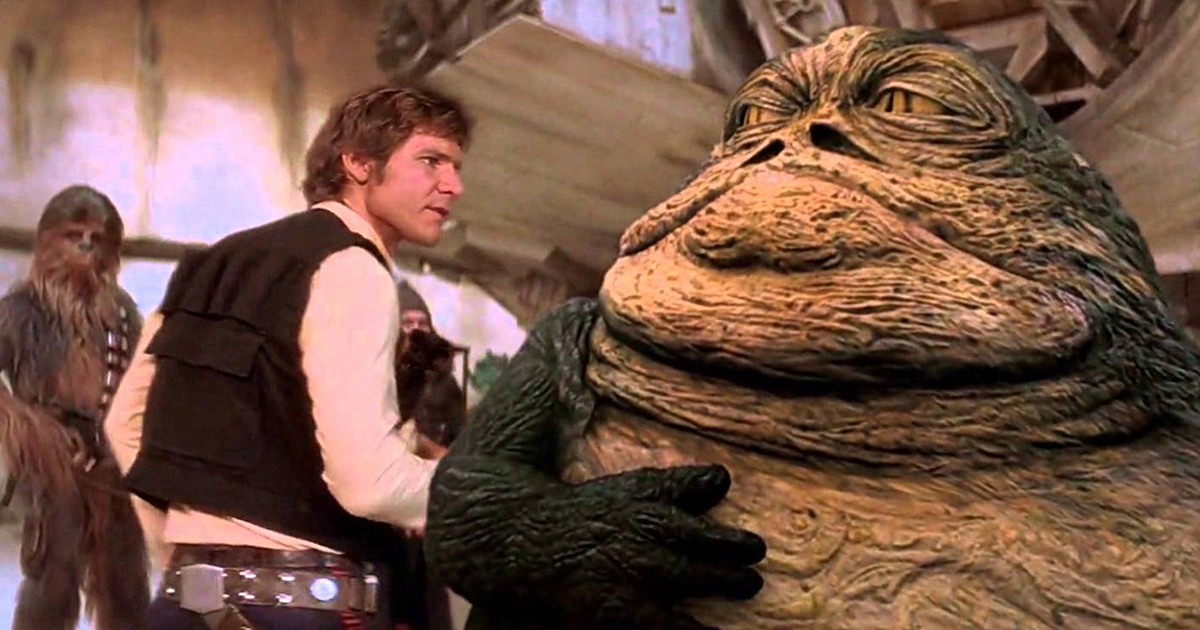
When Star Wars was released in 1977, it was praised for its scope and its brilliant special effects, many of which involved the use of models and tiny quantities of gunpowder. However, George Lucas felt constrained by budget and deadlines, and thus set about making changes to his beloved trilogy for the films’ later releases on home media. In our book the worst has to be Jabba the Hutt turning up in what is now known as Episode IV: A New Hope.
Not only does the galaxy’s foremost mob boss gastropod look completely out of place, the scene adds nothing to the film. For the DVD release in 2004, Jabba was updated again to better resemble his appearance in later films, but the damage was done: Jabba’s inclusion remains the crowning vainglory of Lucas’ Star Wars rehashes.
Renesmee in Twilight: Breaking Dawn – Part 1, 2 (2011, 2012)
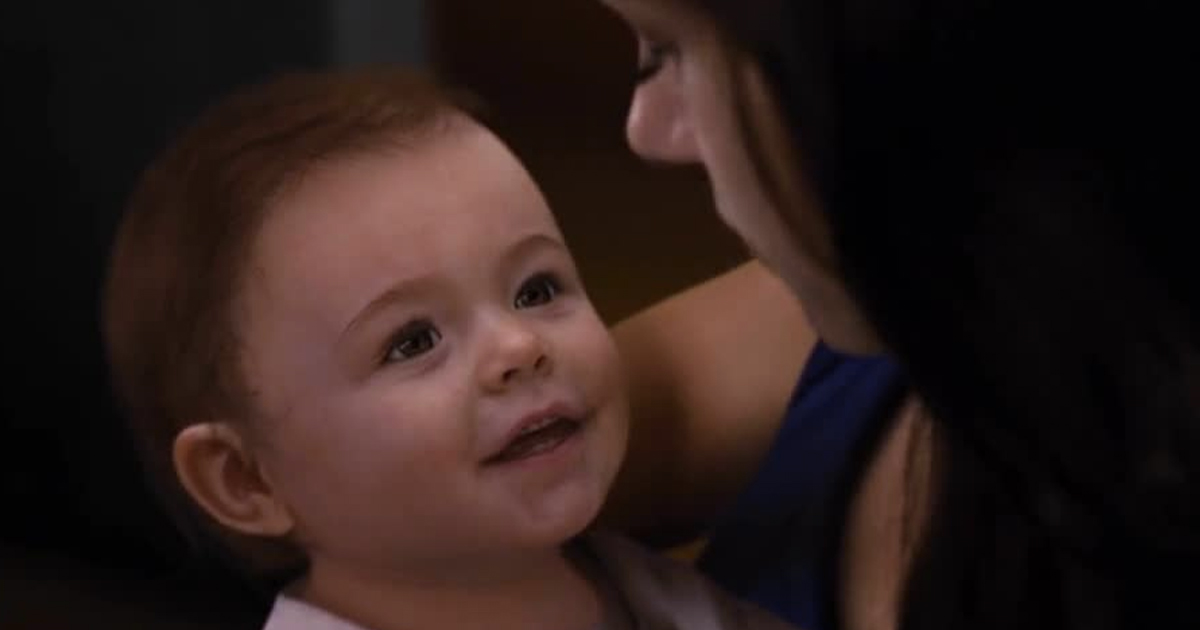
Twilight, a book and film series that deftly combines vampires and teen angst, has certainly received its share of criticism. But nothing is so completely mortifying portrayal of Renesmee, the half-vampire half-human spawn of Bella Swan and Edward Cullen.
Producers originally wanted to use an animatronic baby to convey the unearthly beauty of the lead characters’ child, but instead opted to construct it entirely out of CGI. Renesmee is portrayed as a little girl by actor Mackenzie Foy, but the character rapidly ages. Foy’s face – that is, a child’s face – was then digitally grafted on to a conveyor belt of teenagers and grown women. Vampires might suck blood, but this use of CGI makes us start coughing it up.
Glacier surfing in Die Another Day (2002)
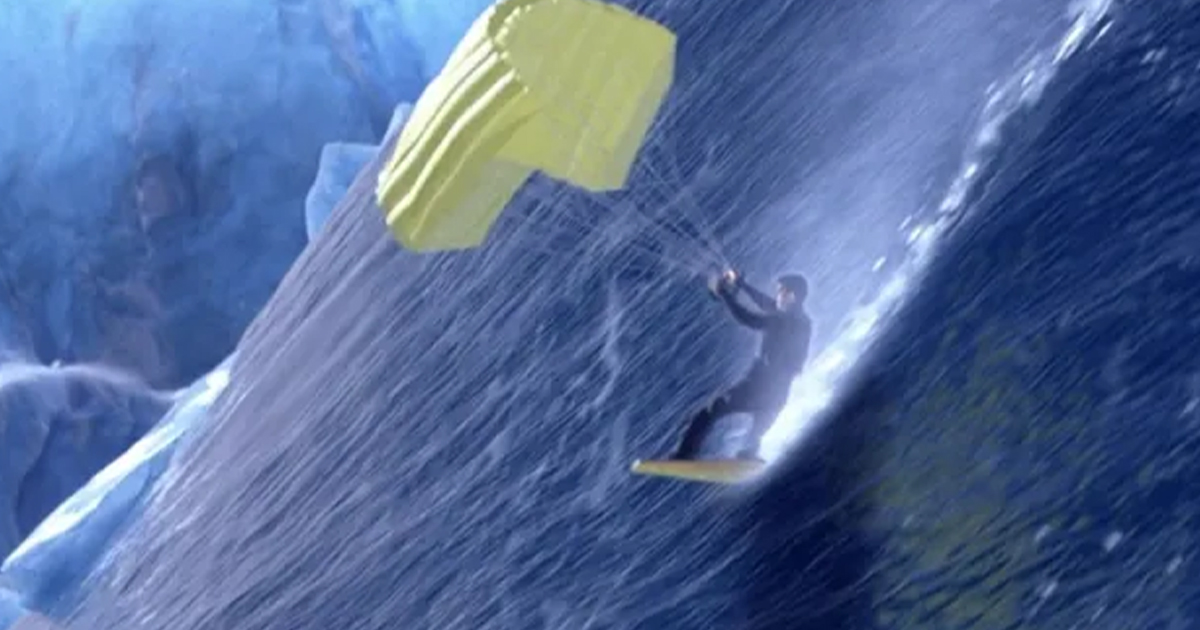
After the tepid reception to Timothy Dalton in Licence to Kill (1989), Bond had been written off as a Cold War relic. Instead, Pierce Brosnan came roaring back as a suave, more modern 007 in GoldenEye (1995). So when 2002’s Die Another Day was announced, critics and audiences were keen to see how Bond could be reinvented for the new millennium. The answer? CGI, of course!
While this is also the film that features an invisible Aston Martin, we’re going to focus on its worst computer-generated crime against cinema: the glacier-surfing scene. Brosnan is ineptly green-screened into an arctic landscape and replaced by a spaghetti-like figure for the big stunts. This one really hasn’t aged well.
The plane crash in Air Force One (1997)
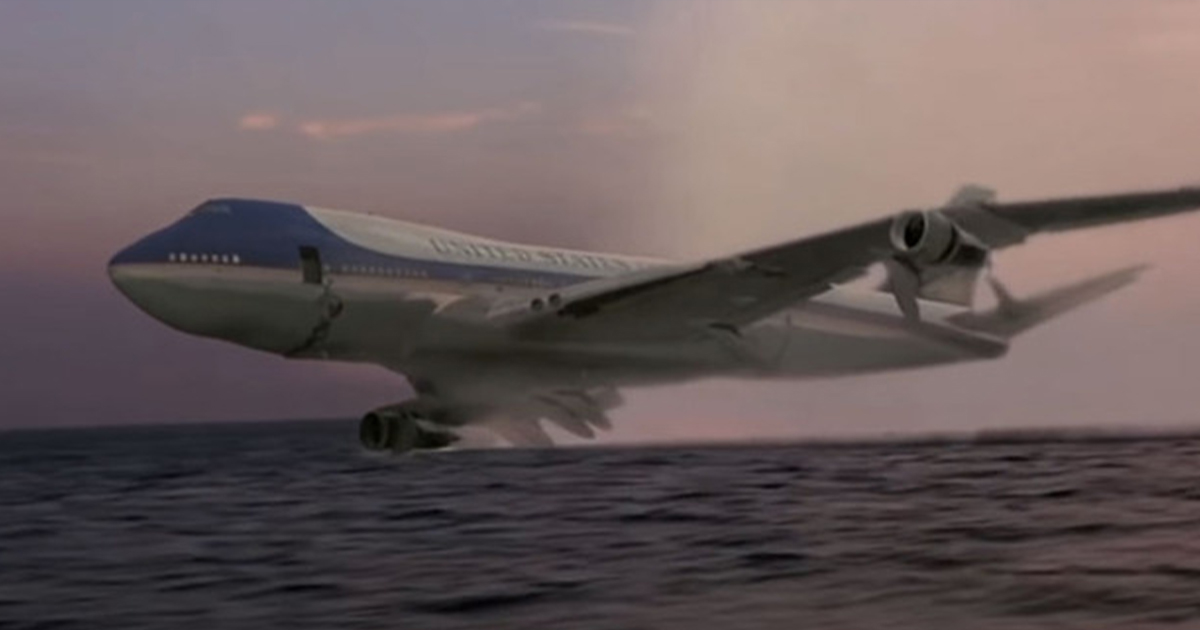
Do you remember anything about Air Force One, other than that Harrison Ford plays the president? True, it was one of the most popular action flicks of the 1990s, with a healthy dose of critical acclaim and golden box office receipts to boot, but what might have slipped your mind is the film’s amazingly dated CGI finale.
It’s a remarkable sequence in which something that looks vaguely like a plane tumbles into what vaguely looks like an ocean. We promise, this really is part of one of the best-performing films of the 90s, and one of Harrison Ford’s best-known standalone efforts.
The golden dwarf in The Hobbit: The Desolation of Smaug (2013)
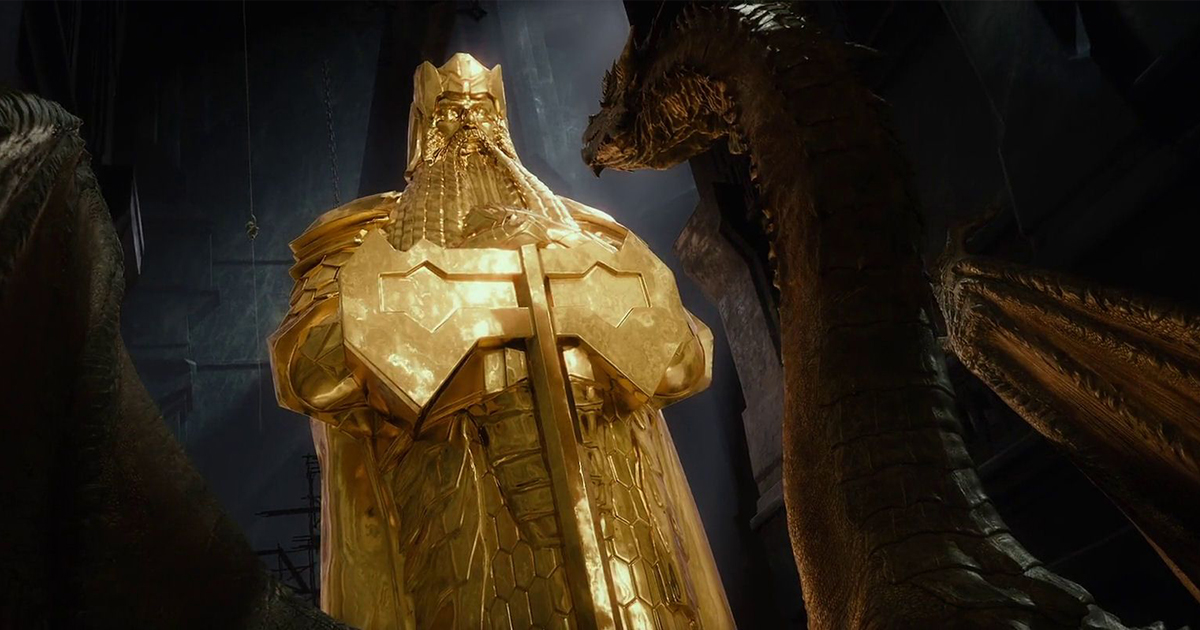
The Lord of the Rings trilogy was critically acclaimed for its visual effects, in particular its physical effects that director Peter Jackson had honed as a B-movie horror filmmaker: the orcs are beastly, with matted hair, and the sets are grand and tangible. But when Guillermo del Toro was booted from the highly anticipated adaptation of The Hobbit, Jackson decided to indulge in a little more CGI than normal.
The worst is the melting statue that coats Smaug in hot gold. We see a similar gold-melting scene in The Battle of the Five Armies (2014) to convey Thorin’s madness, which makes sense as a hallucination. For Smaug, however, the strange physics and sickly sheen of the molten metal just don’t work.
Legolas and the Oliphaunts in The Return of the King (2003)
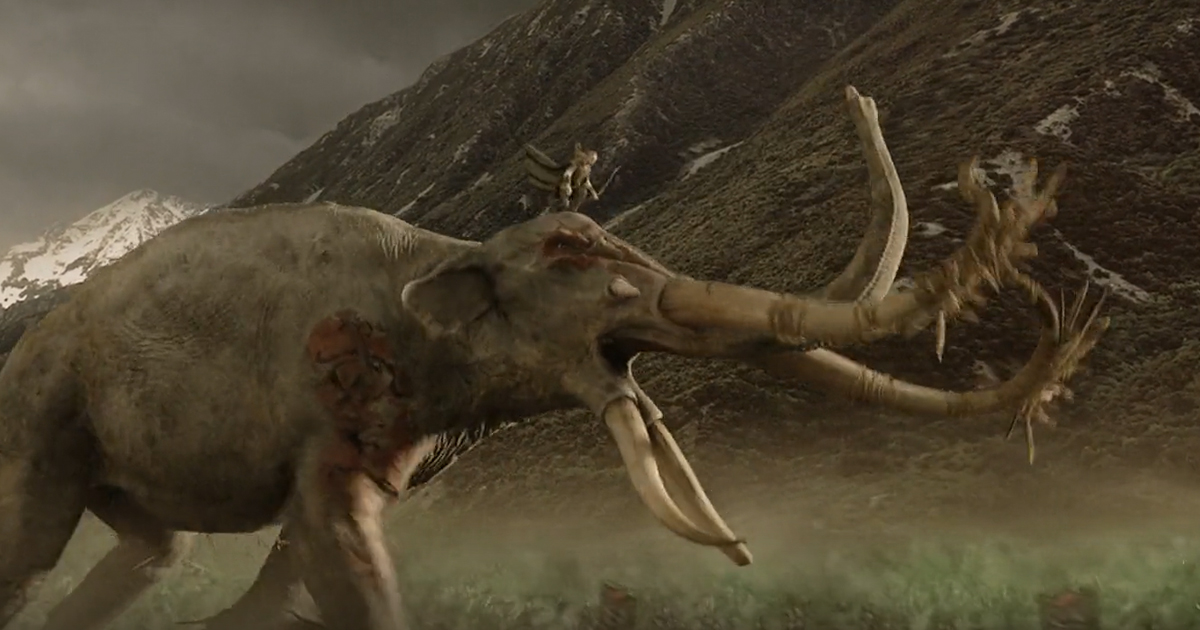
Oh, it isn’t just The Hobbit that shows off some real CGI chicanery. Yes, the Lord of the Rings trilogy was visually spectacular in all sorts of ways (mostly Helm’s Deep ways), but that doesn’t mean everything about the three films is perfect. And since The Return of the King is so beautiful, its flaws only become more apparent by contrast. The most striking example occurs during the Battle of the Pelennor Fields – the one with the Oliphaunts.
Legolas leaps on to an Oliphaunt and stands his ground against both the creature’s thrashing and its attendant soldiers. Visually, however, all we see are blurry green-screen shots of Orlando Bloom and then a rubbery elf bouncing around, culminating in Legolas ‘sliding’ down the trunk of an Oliphaunt. In reality, this must have been Bloom jumping from a box on to the floor about 20 times until they got the right take.
The surviving children in Charlie and the Chocolate Factory
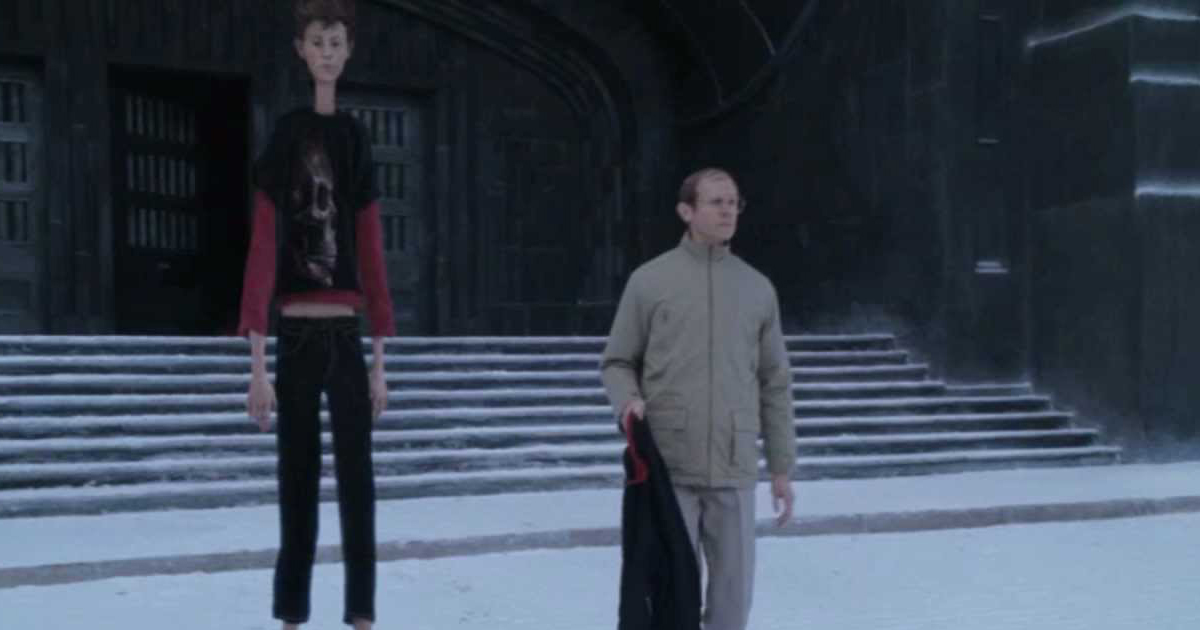
In 2005, a new version of Charlie and the Chocolate Factory was put into production, dropping Wonka from the title but making the gonzo chocolatier the undisputed focus of the film, backstory and all. In the 1971 film, we’re told (but not shown) that the noxious children will be “completely restored to their normal, terrible old selves.” Burton chooses otherwise.
Perhaps the worst horror of all is Mike Teavee, stretched by a taffy puller into a Jack Skellington-esque figure. Sometimes it’s better to leave such terrors to the imagination, not CGI.
Molly in Toy Story

We certainly remember Toy Story with thick nostalgia goggles, especially given its breathtakingly beautiful sequels. But back in 1995 it was a different story, and today Molly – Andy’s younger sister – comes off the worst.
There’s something going on with human eyebrows and oddly-pursed mouths in this film, and when Molly goes after a toy, it’s like a saliva-drenched Godzilla with a lumpen mesh of limbs. In fairness, Pixar had already made huge advances in rendering children in CGI by the time Toy Story came around in 1995. We defy you to watch the studio’s short Tin Toy, from 1988, and somehow get a good night’s sleep.
The locker ending in Men in Black II
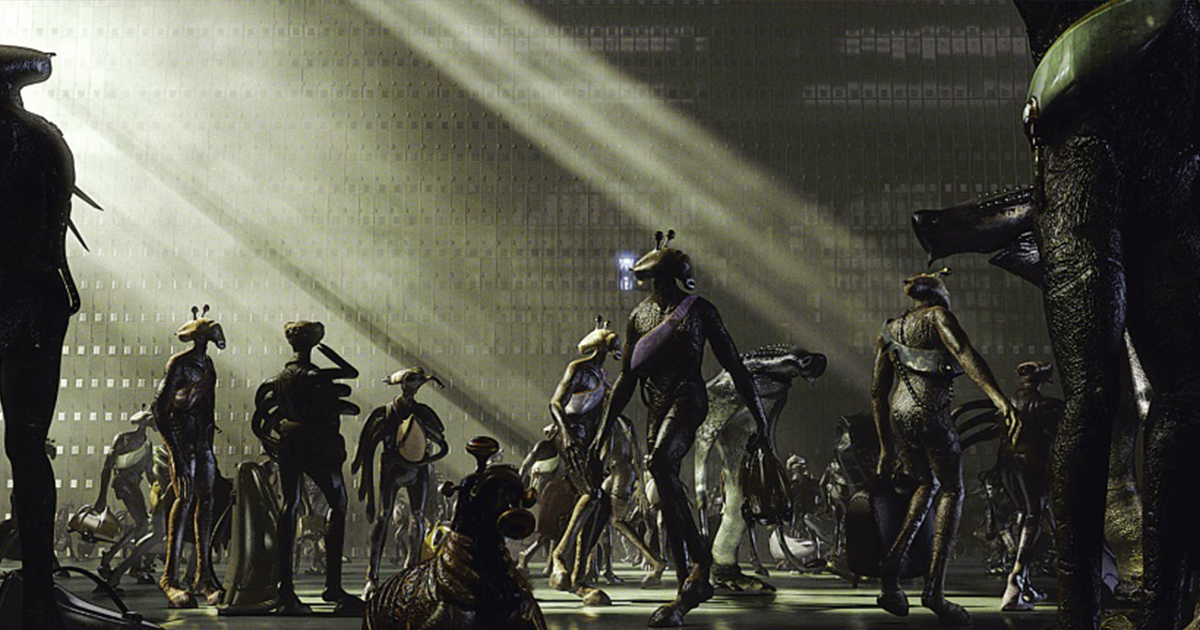
When Men in Black arrived in cinemas in 1997, its visual effects pushed the limits of CGI. After all, who can forget Edgar the Bug, the giant insectoid who wears Vincent D’Onofrio’s skin as a disguise? When sequel Men in Black II rolled around five years later, hope was high that the sci-fi franchise would continue to blend practical effects with premier quality CGI. And, for the most part, that was true. Where the film begins to tear at the seams, however, is during the locker scenes.
Once the frantic plot is wrapped up, K reveals that the universe, as we know it, is in fact little more than a locker in a giant alien train station. This could be a humorous twist, but it’s undermined by the lanky spaghetti demons trouncing around the foreground.
The cemetery scene in Terminator 3: Rise of the Machines
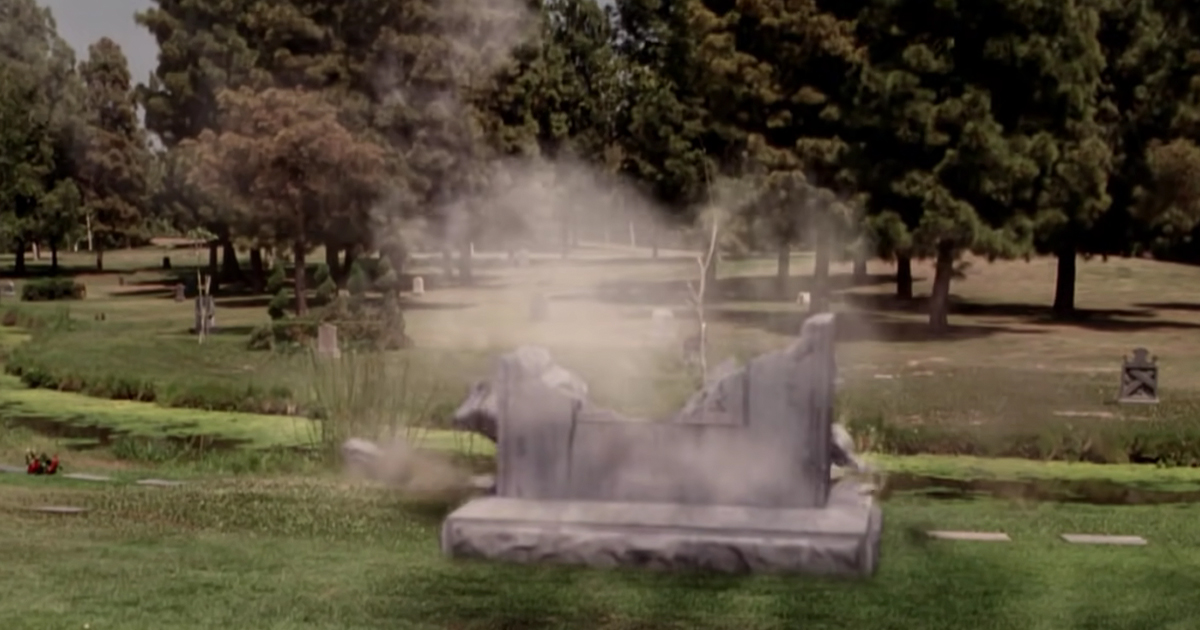
It’s no secret that Terminator 3 was a disappointment. Following in the footsteps of James Cameron’s classic The Terminator and Terminator 2: Judgment Day, this long-delayed sequel featured a sexy lady robot and lots of explosions, such was the style in 2003, but little substance. Let’s talk about the cemetery scene. The T-X, played by Kristanna Loken, is sent back in time to kill John Connor’s future wife; thankfully, John and a reprogrammed T-800 arrive in a bullet-riddled hearse to save the day. Oh, and this is important: Arnold Schwarzenegger is carrying an RPG.
With Arnie having fired rocket at the T-X, we’re treated to some incredible CGI rag-dolling, followed by a collision with a CGI tombstone that looks like it’s made of fudge. Even better, there are other tombstones in the background that have also been hastily CGI’d in – you know, to make sure the one they built in MS Paint doesn’t stand out. This film was the most expensive ever made at the time of its release.
Princess Leia in Rogue One
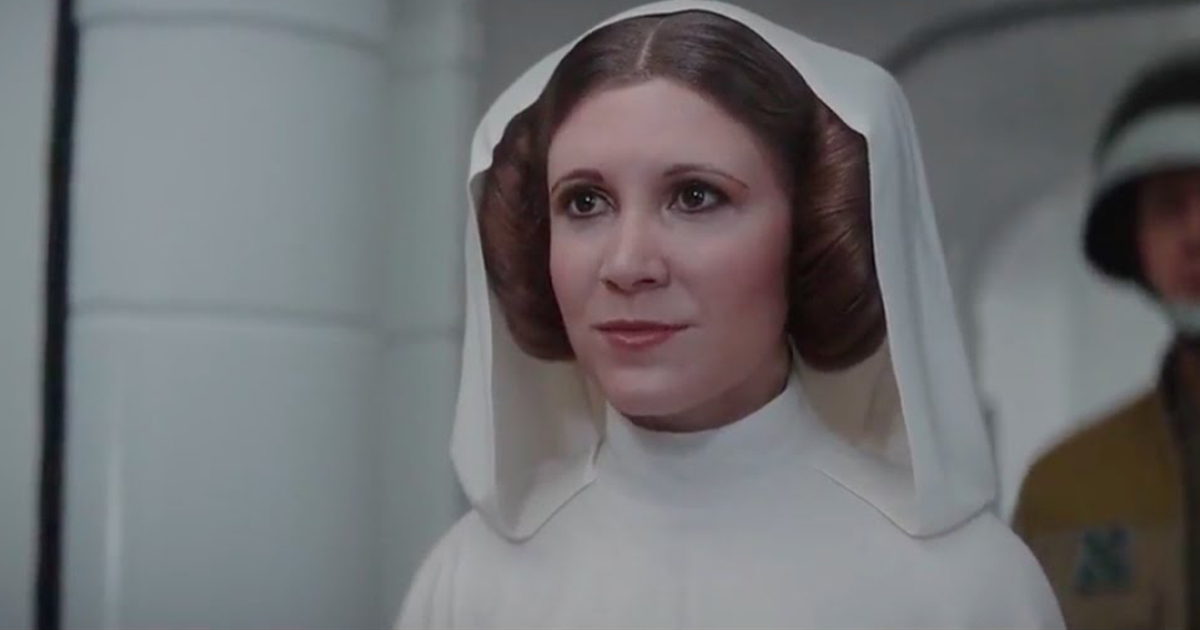
Rogue One generated controversy for ‘resurrecting’ Peter Cushing, who had died more than two decades earlier, as Grand Moff Tarkin. You could argue this was the biggest CGI moment of the decade, and has been both praised and maligned. But caught in the middle of arguing whether Tarkin’s wooden performance and uncanny valley look is due to CGI, or Cushing’s inherent gauntness, you might have forgotten that there are two computer-generated time-skippers in this film.
Princess Leia certainly comes off worse. A hasty inclusion, Leia looks like a porcelain doll. Presumably happy with their efforts on the Grand Moff, the Rogue visual effects team decided to go buy-one-get-one-free on rejuvenated actors.
Fighting Nick Nolte in Hulk
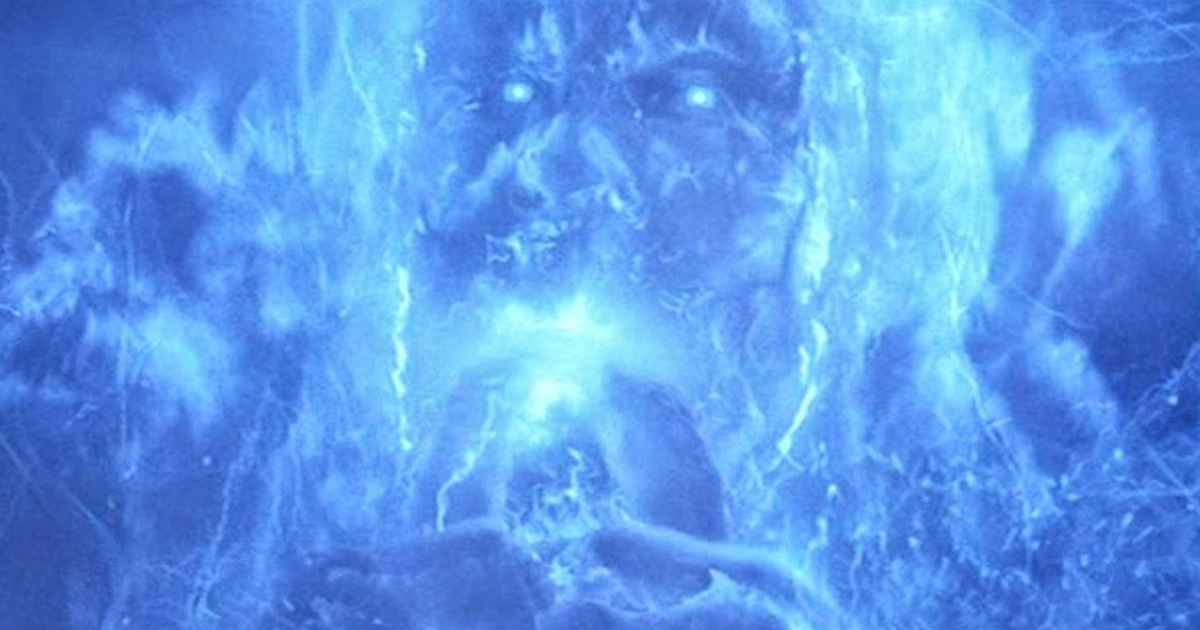
When you hire Ang Lee to direct your film, you know you’re going to get something original. Looking back on Hulk from the vantage point of today’s Marvel-dominated box office, it’s clear that this film stands out. Unfortunately, the CGI is garbage, most obviously in Bruce Banner’s villainous father.
Able to transform himself, phase through solid objects, and control electricity, this character is a smorgasbord of supervillainy. The role is played by Nick Nolte, who came aboard the project after Ang Lee described his film as a Greek tragedy. Unfortunately for Nolte, it’s the visual effects that turn tragic.
Werewolf Lupin in Harry Potter and the Prisoner of Azkaban
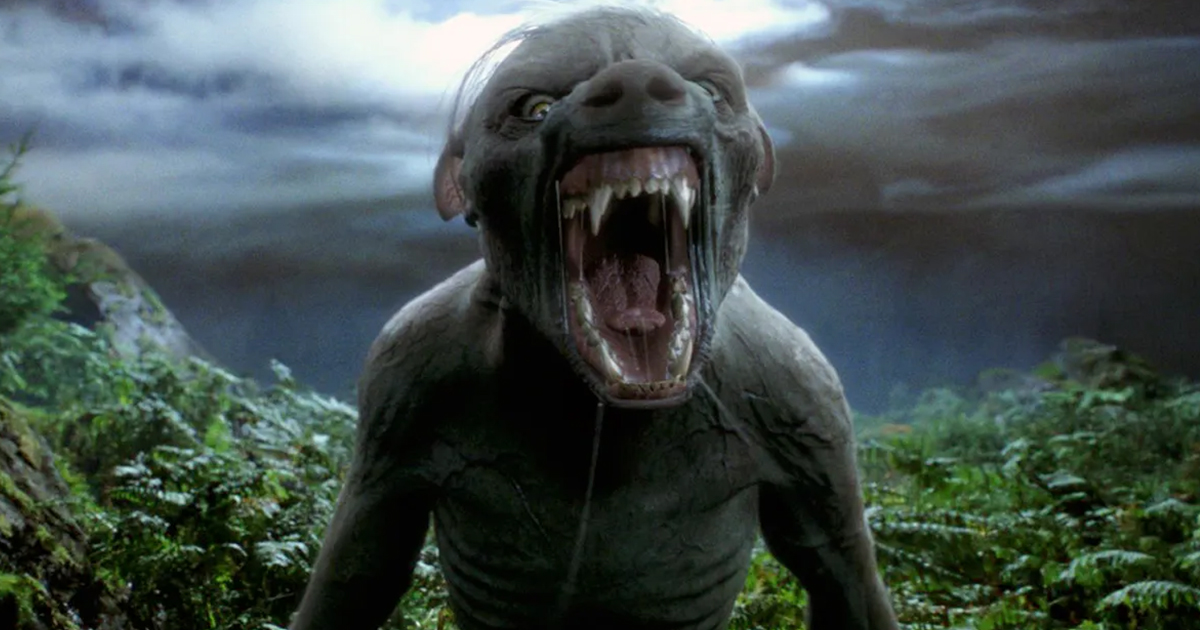
For one of the world’s most dominant franchises, the effects in Harry Potter can feel sloppy. There are certainly CGI misfires in the first film, The Philosopher’s Stone – after all, Fluffy, the three-headed dog who guards the titular artefact, is a classically squishy computer-generated animal. The trouble is, by the third film, we expected better.
When Lupin transforms at the end of The Prisoner of Azkaban, we’re treated to a suitably threatening performance by actor Marnix van den Broeke (a reliable monster actor much like Shape of Water’s Doug Jones). Unfortunately, the CGI is slapdash, presumably intended to be masked by the nighttime setting and the thrill of the moment. In reality, it’s a damp squib of a finale.
Sandman in Spider-Man 3
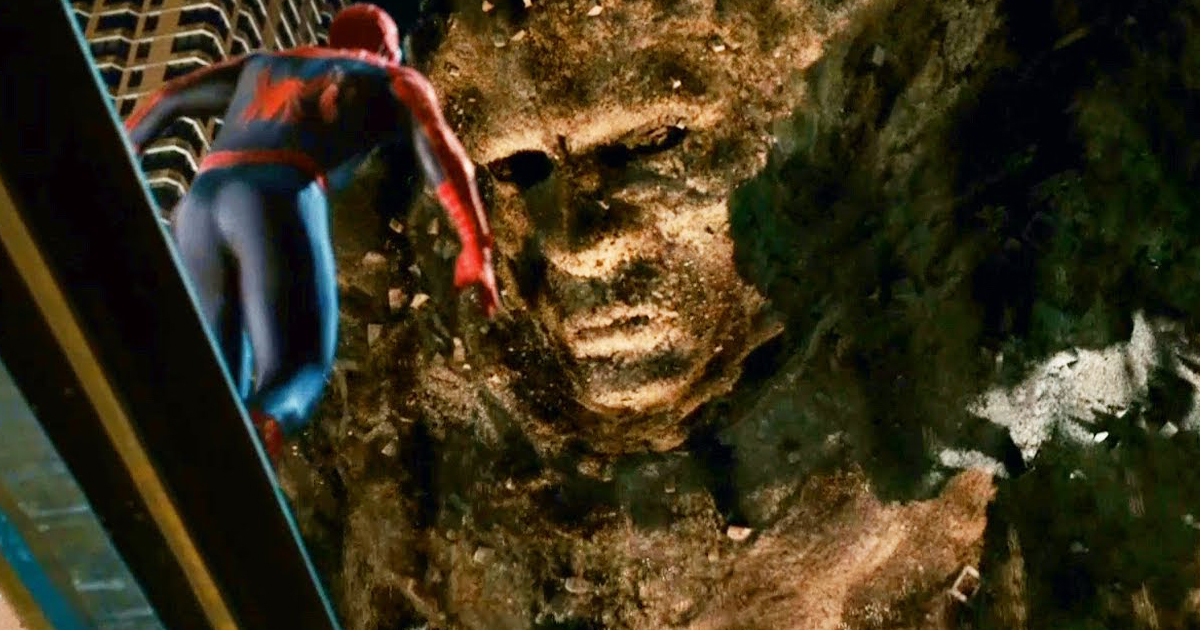
From a pop culture perspective, Spider-Man 3 is remembered for two things, and two things only: emo Peter Parker, and more villains than the total population of Andorra. But you might not have heard of the visual effects team’s efforts to understand the physics of sand, which largely involved throwing sand in stuntmen’s faces.
Since the team developed their own CGI software, and the film ultimately contained more than 900 visual effects shots, there’s a lot to applaud. But the moment we lose Thomas Haden-Church, the actor playing Sandman, everything begins to go wrong. All of a sudden, it’s not an actor augmented by sand physics CGI. Instead, it’s a big brown face in the sky.
Entering the mainframe in The Lawnmower Man
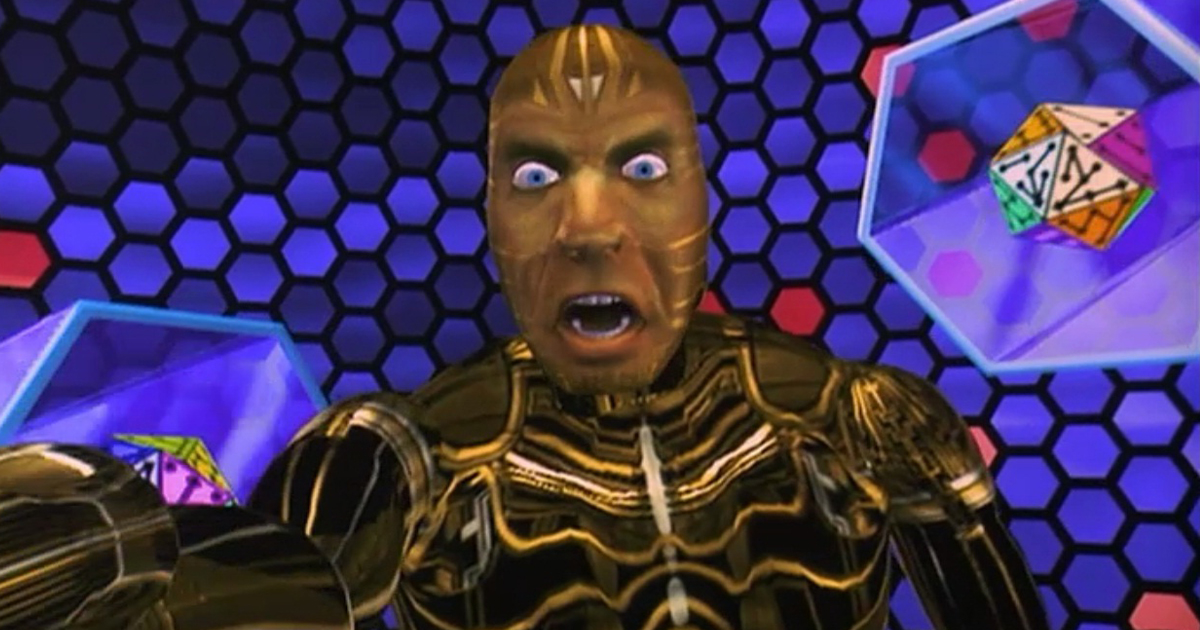
The Lawnmower Man was a film considered cutting edge at the time of its release, but the Stephen King adaptation has also dated so poorly as to feel like an elaborate prank today. It doesn’t help that the name of the film has little to do with its sci-fi, techno-god plot, in which a groundskeeper abandons his body and enters a computer mainframe, seeking to infect and control all of the digital systems in the world.
Since this film was released in 1992, Hollywood’s visual representation of cyberspace is still confined to a garish blue expanse riddled with geometric shapes. Even worse, Jobe now looks like Homer Simpson – if he’d been designed by HP Lovecraft.
Gloopy Neo in The Matrix Reloaded
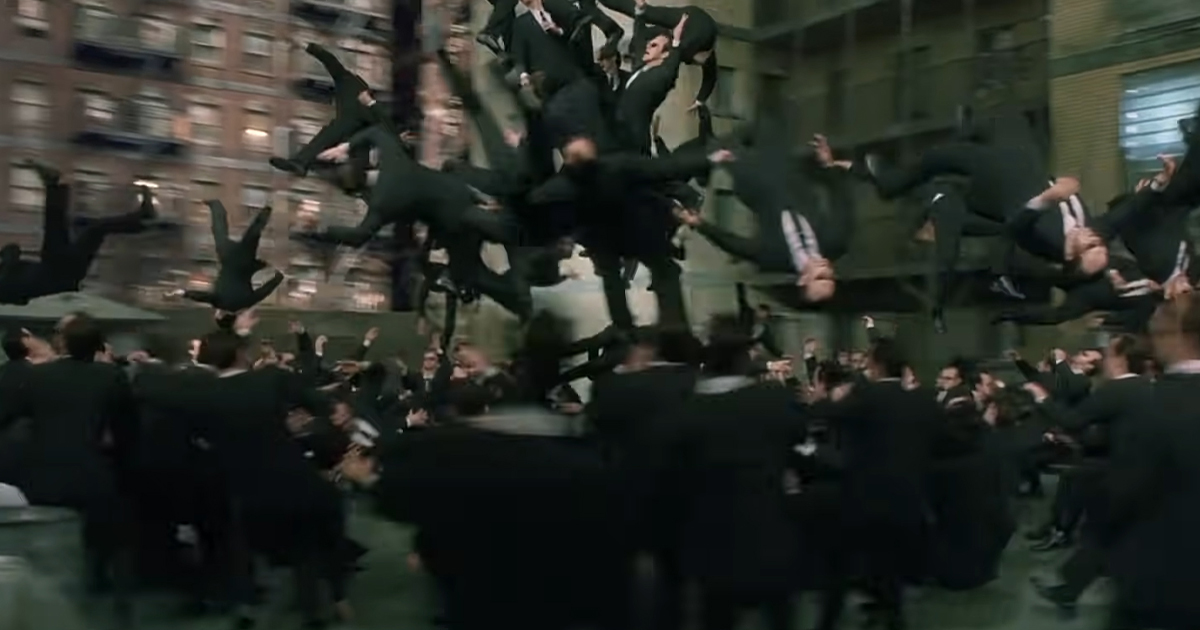
The Matrix Reloaded is another film that broke new ground with its visual effects, and it’s worth stating upfront that the scene we’re talking about is brilliant (as for the rest of the film, we’ll leave that up to you). The sequence, popularly known as the Burly Brawl, has Neo face off against a growing army of Agent Smiths, and is perhaps one of the most elaborate fight sequences in history, with Neo beginning the skirmish fighting multiple agents at once.
But then Smith begins to convert other Agents into clones for more and more manpower. At this point, with the scene accelerating, CGI begins to be shovelled on like someone hurrying to bury a body. Neo turns gloopy as the camera spins – flying and kicking, and the punching and blocking gets even faster as Keanu Reeves spins like a centrifuge, flinging off uncanny valley Hugo Weavings into CGI buildings. When all is said and done, and Neo zips off into the sky like Superman, it’s hard to sympathise with Agent Smith’s look of annoyance and unfulfilled revenge. All we feel is tired relief.
The virtual reality scene in Disclosure
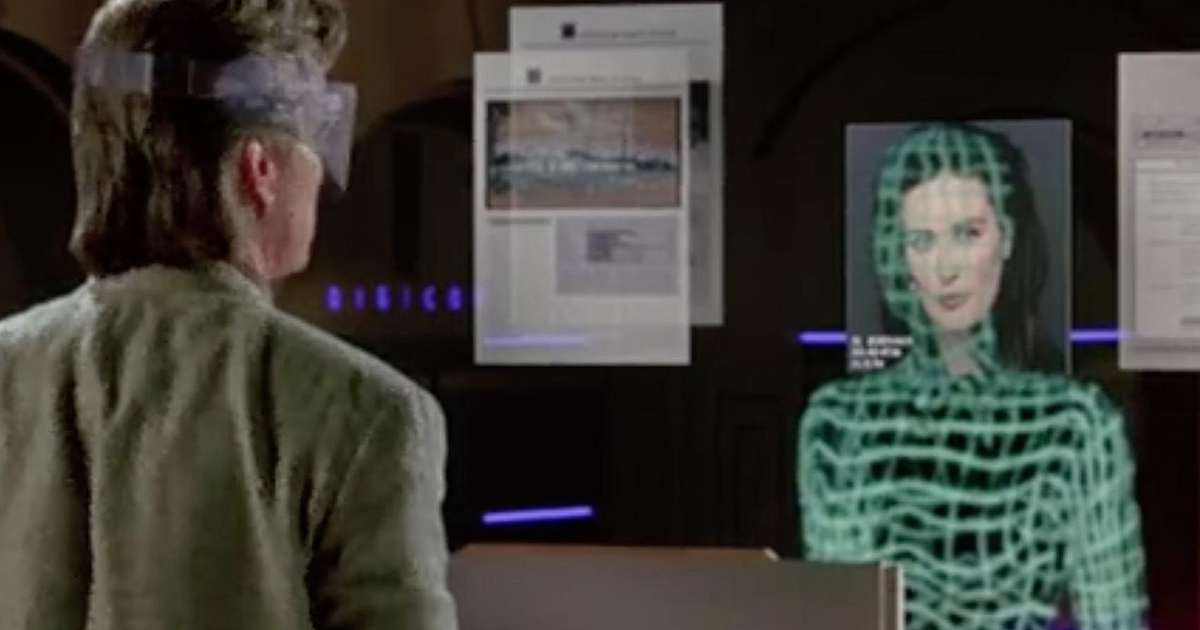
1994’s Disclosure is best-remembered as a slick and spicy corporate drama centred on a sexual harassment lawsuit between Michael Douglas computer company executive and his up-and-coming business rival Demi Moore. In theory, the fact that they work in the computer industry might make the use of some computer graphics seem acceptable, but in this case it’s just downright weird.
In order to get to the bottom of a mystery, Douglas seeks to find the truth by means of… ahem… a virtual reality program. So he slips on a goofy looking headset and steps into a digital recreation of the office, complete with a weird computerised rendition of a humanoid woman with a still image of Demi Moore’s face embedded in its head. The words “what the hell were they thinking?” come rushing to mind.
The monkeys in Jumanji
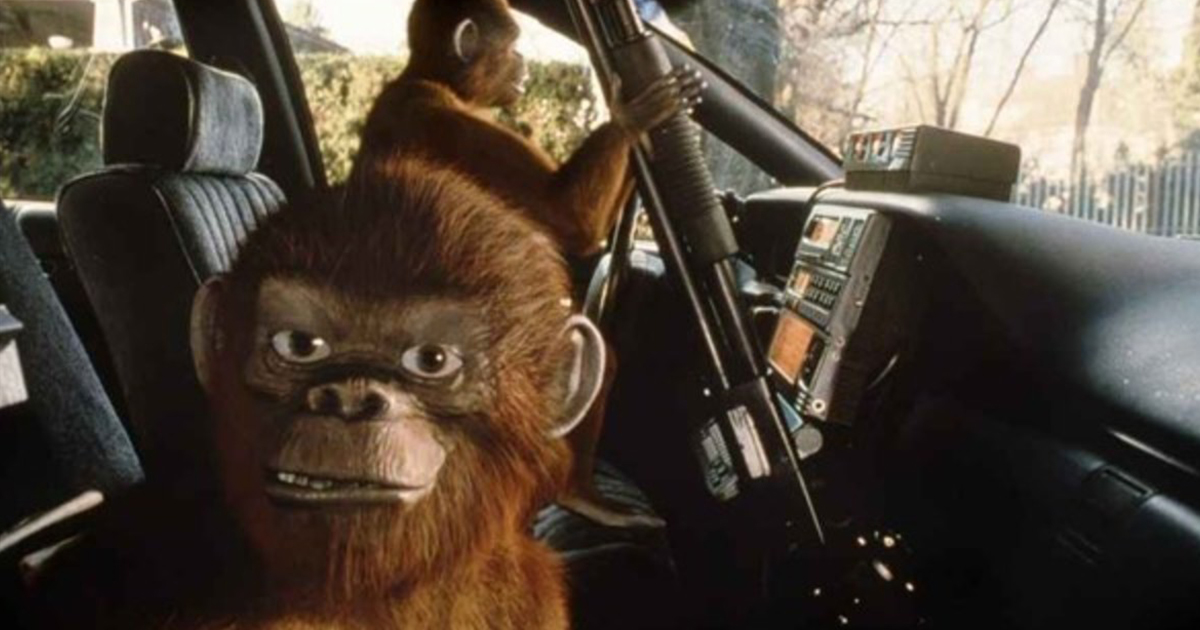
1995’s Jumanji was one of the first large-scale blockbusters to really explore the possibilities of CGI in the wake of Jurassic Park. For the most part it does so very successfully, with some impressive digital animal attacks balancing out a healthy amount of old-fashioned practical makeup effects and puppetry. However, there’s one creature the Jumanji team couldn’t quite get right: those monkeys.
To be fair, it was necessary for the pesky primates to look both cartoonish and creepy, so from a certain point of view it’s a job well done. However, they look so unlike actual monkeys and so much more like possessed puppets from your worst pre-teen nightmares, that it’s almost impossible to watch any scenes involving the creatures without a profound sense of unease.
Tron: Legacy
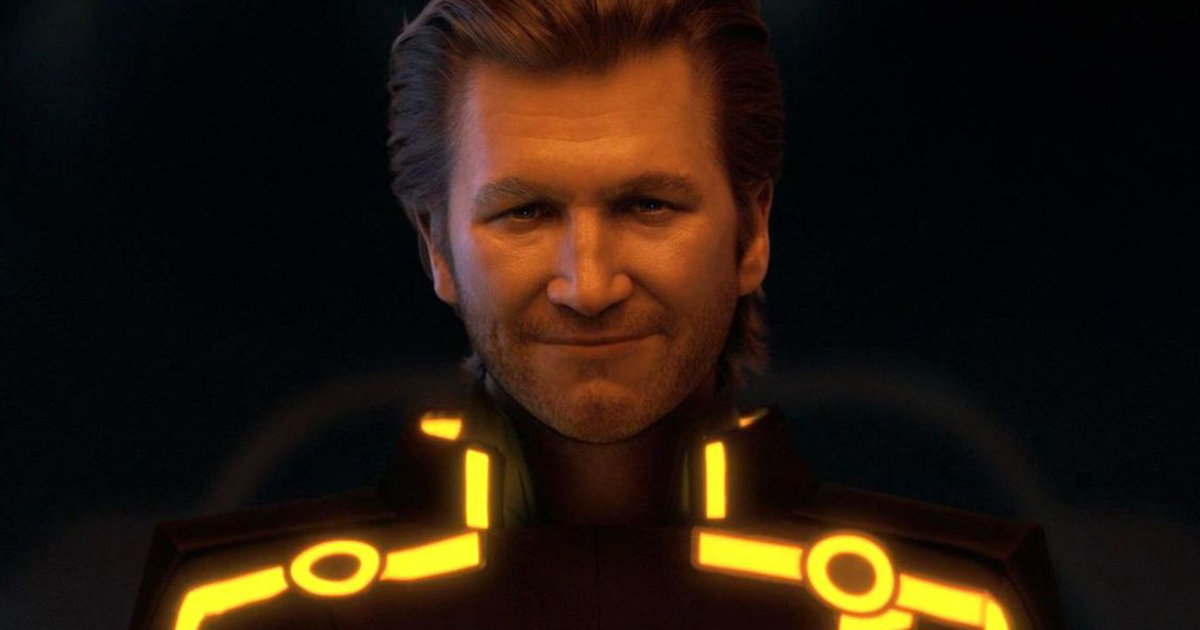
1982 cult classic Tron was a landmark movie in the history of CGI. For the most part its early digital effects work still holds up as the film takes place inside a computer world, so it doesn’t need to look realistic. Things were a little different in 2010’s belated sequel Tron: Legacy, as not only had CGI come forward leaps and bounds in the almost-three decades since the original, but leading man Jeff Bridges had also naturally aged a bit.
Unfortunately, Tron: Legacy’s solution was to use CGI to give us a digitally de-aged rendition of Bridges’ Kevin Flynn. This was among the first times such an effect was attempted, and as we’ve seen already, it’s a difficult trick to get right. Fail to hit the mark and you’re left with something inadvertently creepy, as was very much the case here with psuedo-young Jeff.
The suit in Green Lantern
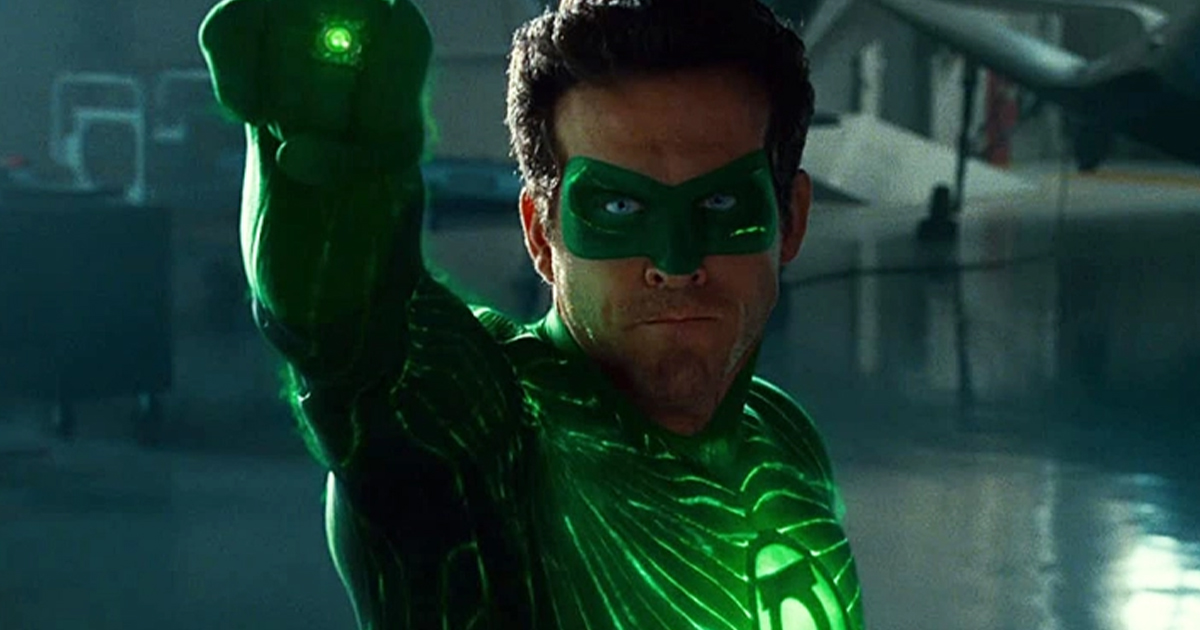
2011’s Green Lantern has long been one of the most notorious misfires in the history of superhero movies. As if it wasn’t bad enough that the plot and characters were totally overfamiliar and uninteresting, director Martin Campbell’s film also completely squanders the talents of an impressive cast, not least future Deadpool actor Ryan Reynolds. And what gets in the way most of all? That’s right: CGI.
Green Lantern is so heavily overburdened with digital effects, it’s as if a bank of computers repeatedly vomited over the entire film. Most bizarre and embarrassing of all was the decision to create Reynolds’ super-suit itself entirely from CGI. This may have been intended to convey a greater sense of cosmic wonder, but it only succeeds in making the whole endeavour lapse into self-parody.
“Get over here!” in Mortal Kombat (1995)
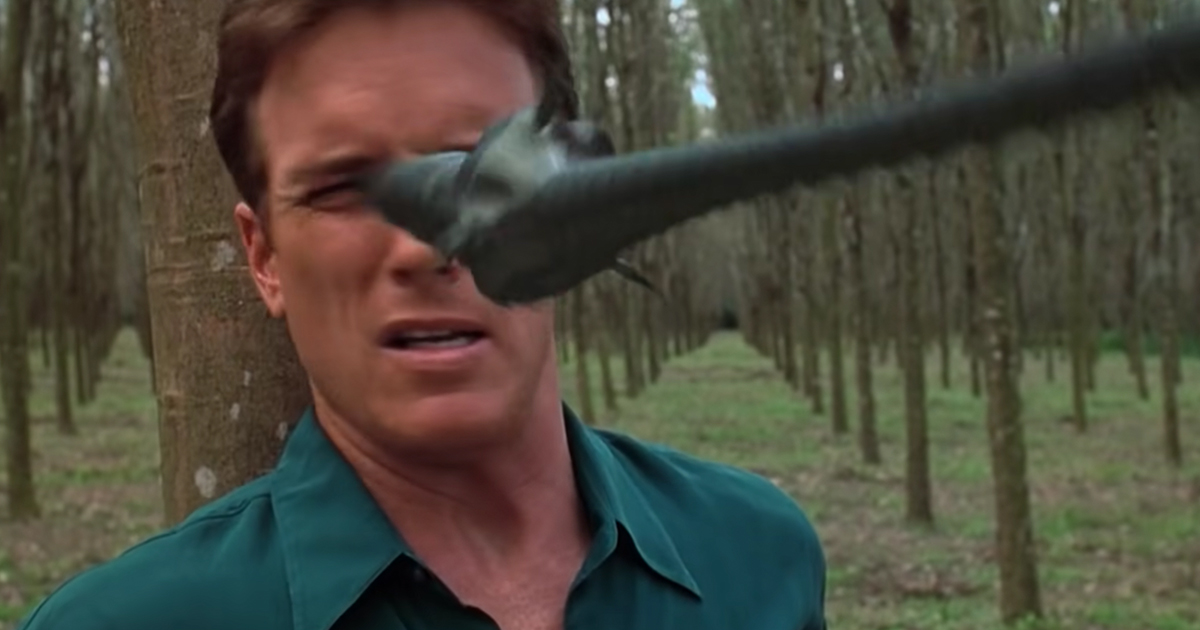
As well as being one of the first movies based on a video game, 1995’s Mortal Kombat arrived on screens just as CGI was becoming the in-thing in Hollywood. Some of the characters in the popular fighting game have special abilities that were always going to require special effects, not least Scorpion, the yellow-clad masked man famed for roaring “get over here!” before shooting a chained spear of some sort directly at his opponents to grab them.
In the original Mortal Kombat arcade game, the idea is that this weapon is in someway concealed up Scorpion’s sleeve before he sends out shooting out. The movie interprets this a bit differently, however, presenting the weapon as an organic part of Scorpion which comes out through the palm of his hand. So, on top of looking very silly and unconvincing, this is also inaccurate to the source material: a double fail.
The car crash in Along Came a Spider
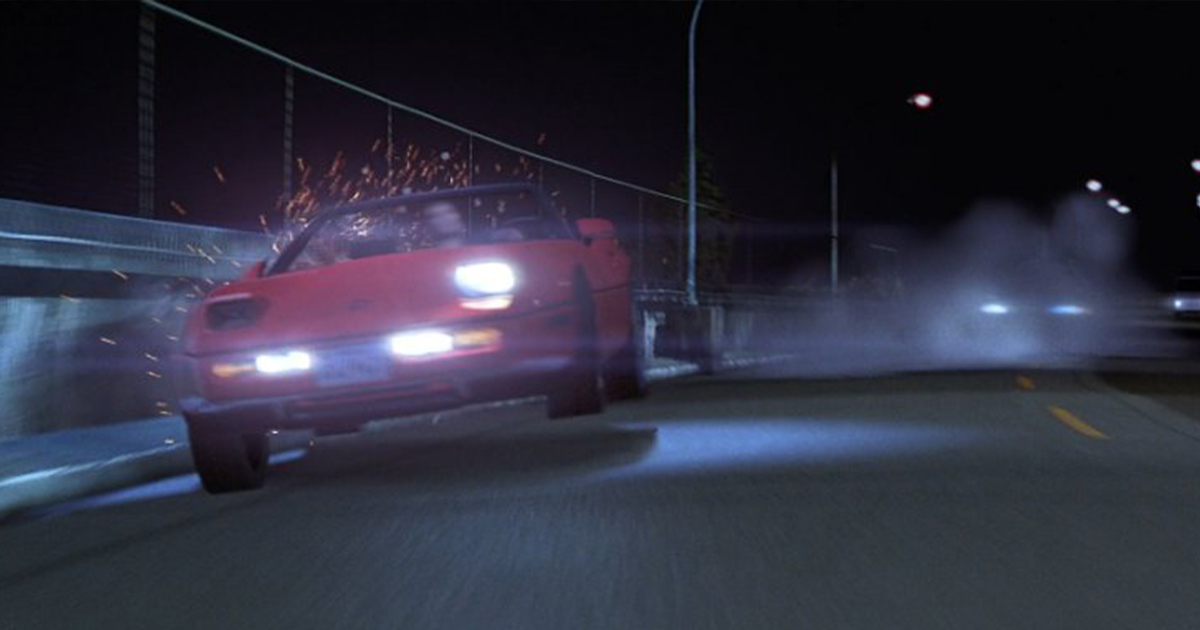
Along Came a Spider is another of those films you’d be forgiven for thinking would have no need for CGI. The second movie to star Morgan Freeman as author James Patterson’s detective hero Alex Cross, it’s for the most part a grounded psychological thriller with Cross on the trail of a kidnapper. However, things take a turn for the spectacular – or rather, the spectacularly bad – when a car accidentally goes off a bridge.
Nothing too unusual about a car crash in a thriller; we’ve seen them in untold scores of movies over the years. However, as Along Came a Spider was made in 2001, some bright spark thought it would be better if they created the whole thing – the car veering out of control, hitting the edge of the bridge, then dangling over the edge while the driver falls – completely on computer. As a result, a scene which might have provoked genuine thrills and tension only succeeds in prompting unintentional laughter.
The death of Gary (Owen Wilson) in Anaconda

1997’s Anaconda boasts an unusually starry cast for what might otherwise have been a low-rent creature feature. Jon Voight, Jennifer Lopez, Ice Cube, Eric Stoltz and Danny Trejo are among the big name actors sent up the Amazon river to do battle with the biggest and most vicious snake the world has ever seen. Also among their number was a then-unknown Owen Wilson as Gary, sound man for a documentary crew.
As an unfamiliar face and a comic relief character, it was pretty much a given that Wilson would be high on the snake’s to-eat list. No one expected his death scene to be quite so bizarre as it is, however, as the coils of a poorly realised CGI snake wrap themselves around a blurry digital recreation of Wilson (who, even as a digital avatar, looks a bit embarrassed to be there).
Cheetah in Wonder Woman 1984
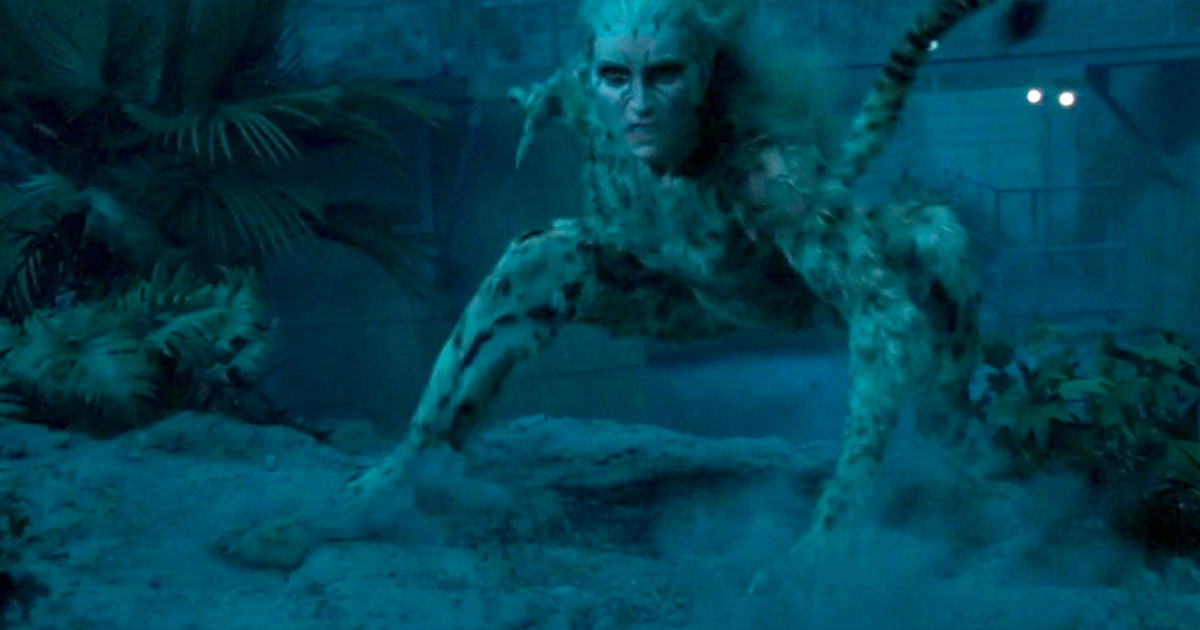
After the huge success of 2017’s Wonder Woman, expectations for the sequel were very high. Alas, 2020’s Wonder Woman 1984 was far from the triumphant follow-up everyone had been hoping for, thanks to a strange and silly plot, sloppy characterisations and – wouldn’t you know it – some rather unpleasant abuse of digital FX. For all the film’s many slip-ups, nothing was quite so haunting or confounding as Kristen Wiig’s villain, the Cheetah.
First off, there’s the logic (or lack thereof) regarding the character’s introduction: Wiig’s Barbara Minerva has become more powerful via wishes, so we have to assume she on some level wanted to become a freakish feline-human hybrid. Then, of course, there’s the basic problem that CGI used to create this feline-human hybrid looks very bad indeed.
The spotlights battle in Blade II
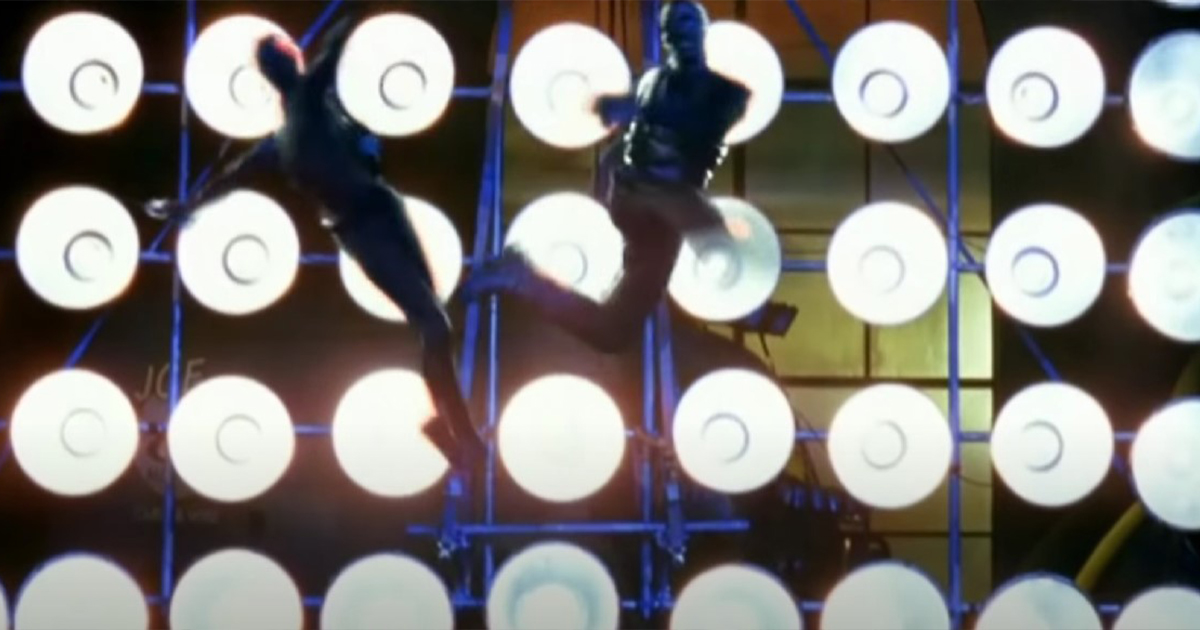
2002’s Blade II is arguably the best entry in the trilogy of movies about the comic book vampire hunter. For the most part it uses CGI very well indeed, particularly when it comes to antagonists the Reapers, whose terrifying monster mouths are brought to life with a near-seamless combination of practical and digital effects.
Sadly, director Guillermo del Toro and company couldn’t resist just using some CGI where it wasn’t called for, such as in an early battle scene between Wesley Snipes’ Blade and a masked vampire in front of an array of spotlights. While most of this scene is simply the actors fighting, a few cringe-inducing shots feature oddly-shaped CGI stunt doubles which make it feel like you’re watching a video game.
Monsieur Hood (and most of the other humans) in Shrek
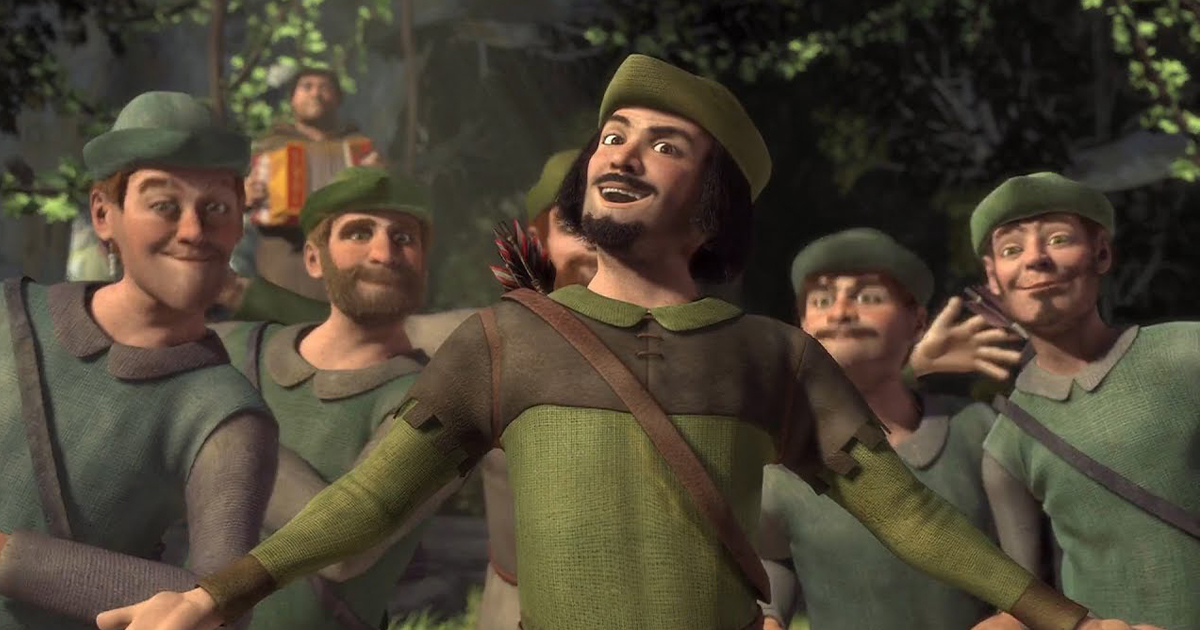
There can be no doubt that 2001’s Shrek was a landmark film in the history of computer animation. A Dreamworks production, it proved that Pixar weren’t the only company who could do CGI animated movies that appeal to all ages, and it launched a long-running franchise. Still, back then computer animation still had a way to go, particularly when it came to presenting human beings.
Most of the people in Shrek, Princess Fiona included, suffer from that weird uncanny quality that make them creepy rather than endearing. This reaches a particular nadir with the introduction of Monsieur Hood (voiced by Vincent Cassel) and his Merry Men. What should be a funny scene instead proves to be nightmare fuel for countless younger viewers, not to mention some adults.
All the human beings in Beowulf
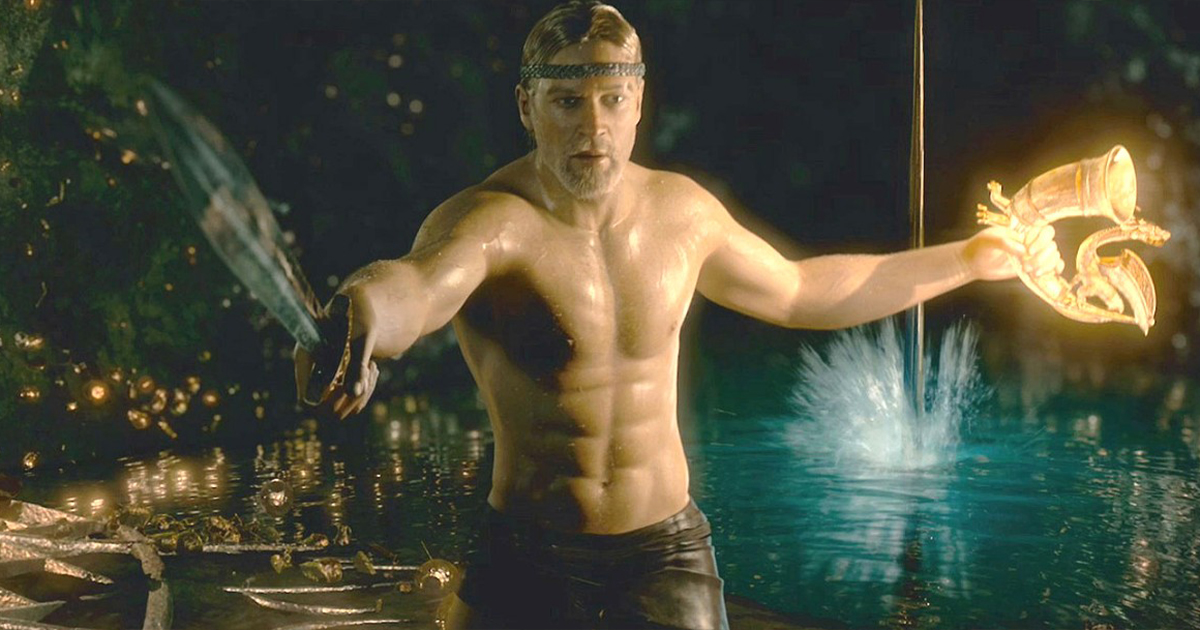
When director Robert Zemeckis moved from live action to motion-capture animation, hopes were high that this was the dawn of a new era for filmmaking. By capturing the voices and movements of actors and creating the film entirely via computer, mo-cap promised to show us things films had never been able to show before. A fantasy epic like Beowulf seemed a great choice for the format.
Alas, while 2007’s Beowulf sports very impressive backdrops, scenery and creatures, it further illustrates the limitations of CGI when it comes to presenting human beings. While a realistic look is attempted, the characters simply look lifeless and unnatural, which is a significant hurdle to emotional involvement in the action. Small wonder the mo-cap boom died out within a few years.
Draco in Dragonheart
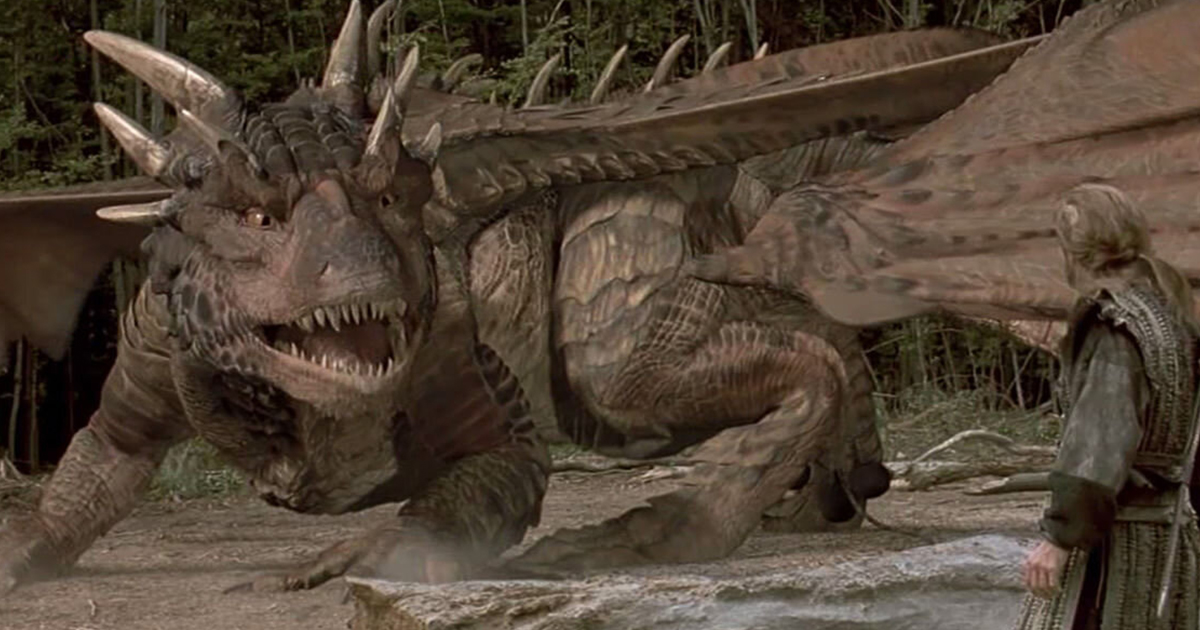
Director Rob Cohen’s 1996 fantasy adventure Dragonheart set its sights pretty high, casting film legend Sean Connery as the voice of a mighty fire-breathing dragon. Considering that dinosaurs had already been convincing brought to life three years earlier in Jurassic Park, it’s no wonder the filmmakers thought they could have similar success with a big fire-breathing lizard.
However, Jurassic Park used digital effects sparingly, also utilising animatronics for plenty of scenes. Dragonheart instead creates Draco exclusively via CGI, and poorly rendered CGI at that. Even back in 1996, the dragon was a thoroughly unconvincing creation which made the film very hard to take seriously.
The Adamantium claws in X-Men Origins: Wolverine
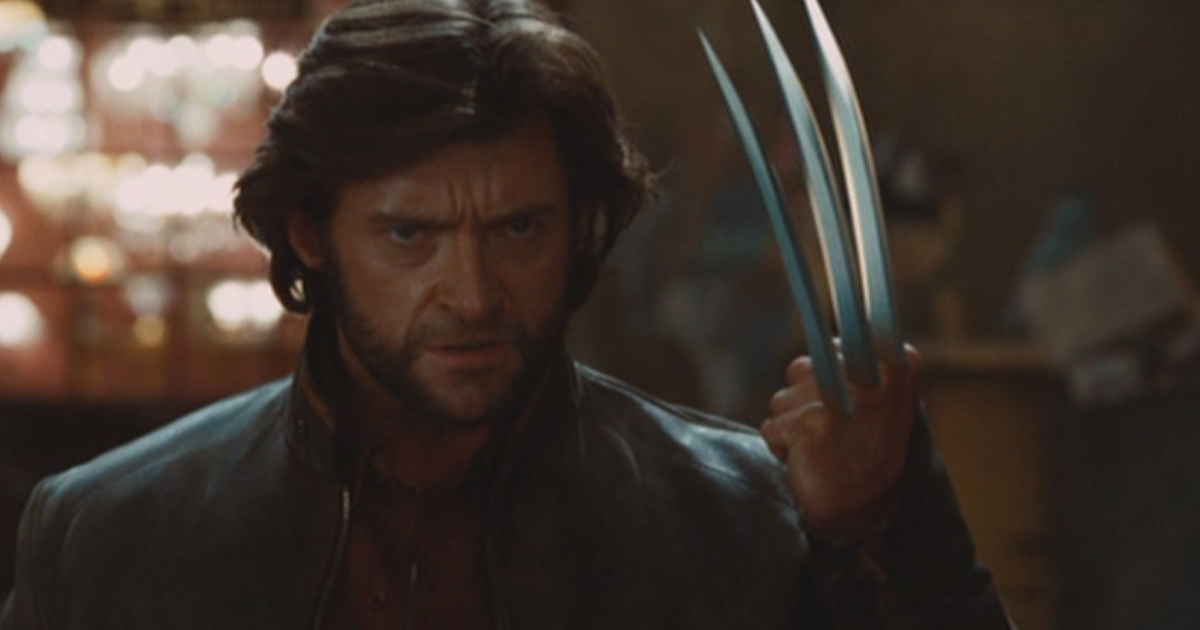
2009’s X-Men Origins: Wolverine is one of those movies that seems to perpetually beg the question, “why?” Exploring the backstory of Hugh Jackman’s bad-tempered mutant anti-hero should have been compelling and thrilling; instead, the film ham-fisted bungles not only the title character, but also the introduction of other fan-favourite characters Gambit and Deadpool.
The use of CGI in X-Men Origins: Wolverine is by no means the film’s greatest crime, but it certainly doesn’t hurt. At this point they’d done three movies in which they’d managed, for the most part, to make Wolverine’s adamantium claws look fairly believable. Why in this film do they look about as lifelike and threatening as the Singing Sword from Who Framed Roger Rabbit?
Shark vs submarine in Escape from L.A.
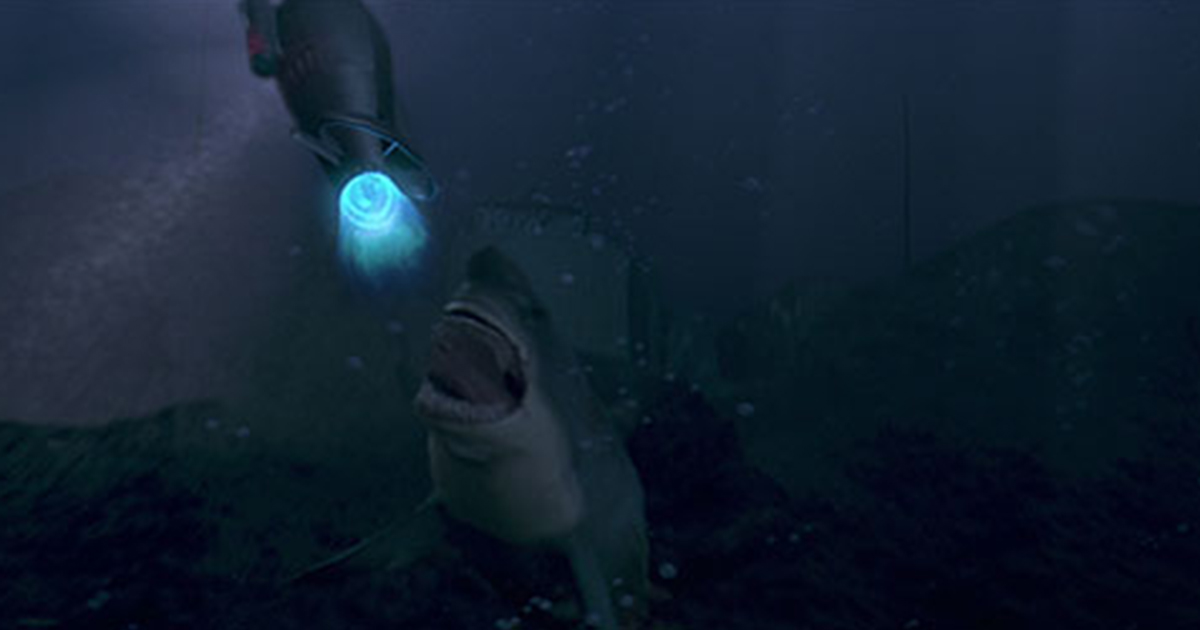
John Carpenter’s sci-fi thriller Escape from New York was a low-budget production which created its vision of the future in an inventive, minimalist manner. When the moment called for something large-scale, the 1981 film relied on old-fashioned model work, primitive computer read-outs and the simple power of suggestion.
By contrast, 1996 sequel Escape from L.A. had a bit more money to play with, and by the 90s that meant throwing in CGI (from a special effects company who, by all accounts, had never done digital work before). We’re left with some very shoddy looking sequences, not least when the fake-looking submarine is almost eaten by the even-faker-looking shark.
The Devil in Spawn

1997’s Spawn isn’t generally listed among the greatest comic book movies of all time, and with good reason. The directorial debut of visual effects artist Mark Dippé (who hasn’t directed another theatrically released film), this adaptation of Todd McFarlane’s comic is a very untidy mish-mash of superhero and horror tropes that fails to find its feet.
Time hasn’t been kind to Spawn, particularly given its infatuation with CGI. The film tries to push the technology far further than it was able at the time, resulting in some truly cringe-inducing scenes – not least those set in Hell itself, with a Devil which couldn’t be less believable or intimidating if it was literally a red sock puppet with googly eyes glued on.
Punching a shark in Lara Croft Tomb Raider: The Cradle of Life
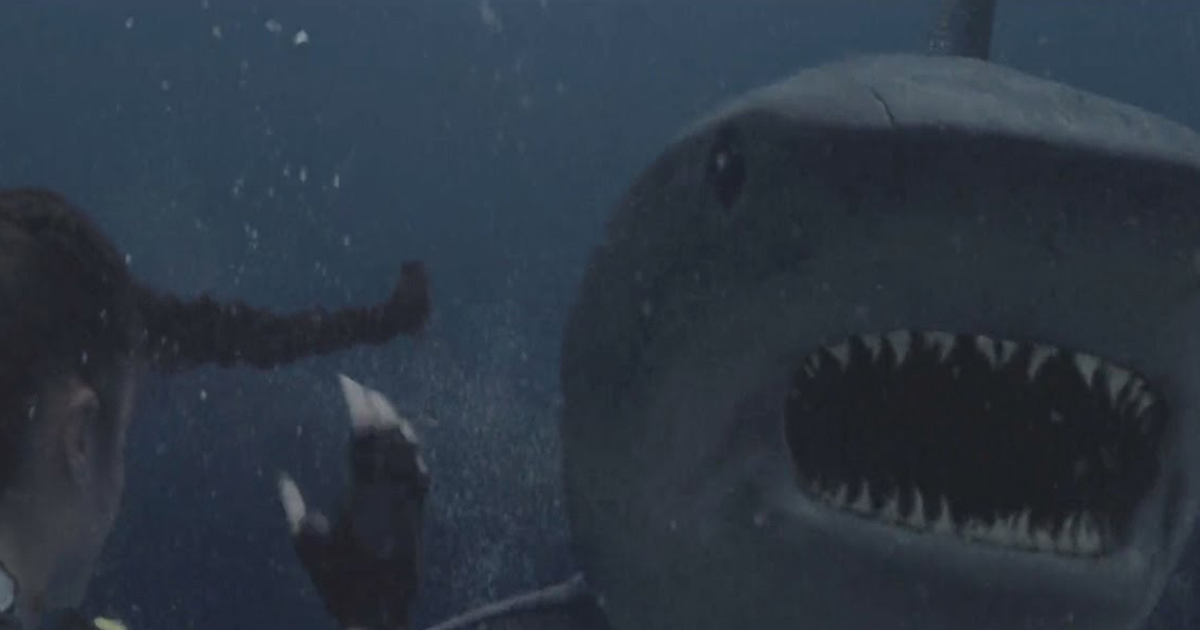
Lara Croft may very well be one of the best-loved video game characters of all time, but that doesn’t mean that key action sequences from her movies should look like video game cut scenes. Unfortunately, this was most definitely the case with one of the most laughable moments from her second live-action outing.
2003’s Lara Croft Tomb Raider: The Cradle of Life features a scene in which the titular heroine (Angelina Jolie) finds herself deep underwater, as she often is in the games. She’s then approached by a ravenous great white shark – whose attack she finds off with a sharp left jab. Sure, we’re not meant to take this moment too seriously, but we shouldn’t also be laughing at how badly rendered the shark is.
The gophers in Indiana Jones and the Kingdom of the Crystal Skull
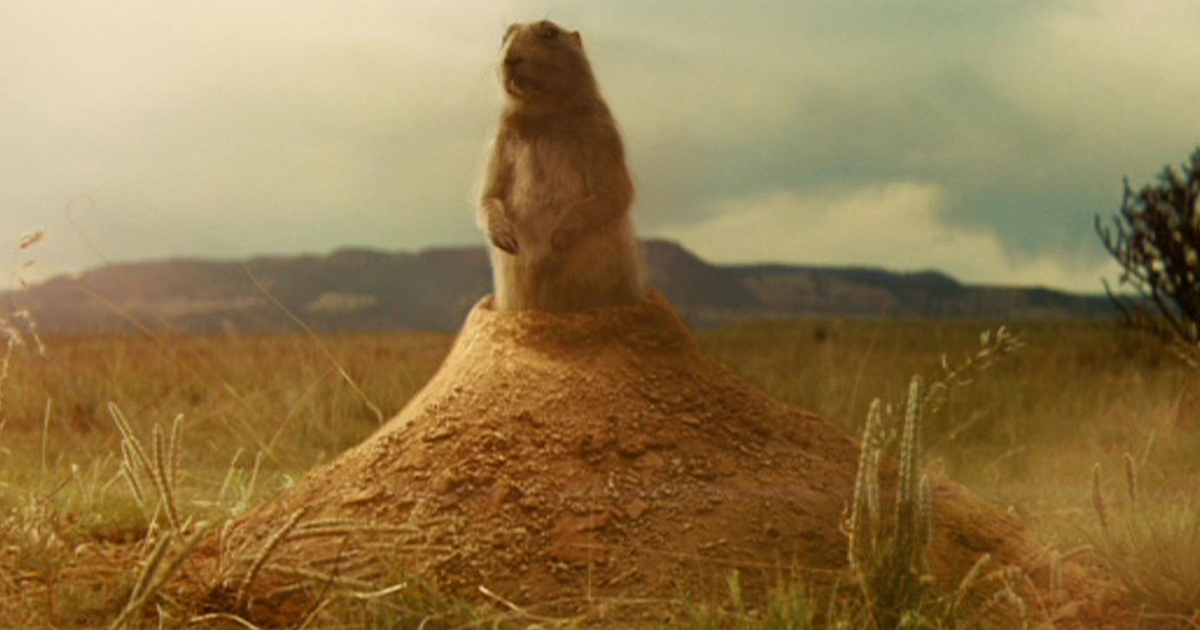
It would be an understatement to say that expectations were high when Harrison Ford reprised the role of adventurer Indiana Jones after an 18-year hiatus in 2007’s Indiana Jones and the Kingdom of the Crystal Skull. Sadly, red flags were raised in the film’s opening moments, when a painfully unconvincing CGI gopher popped up out of the ground. This wince-inducing moment proved a harbinger of things to come, as the film proceeded to pile on the CGI, taking the place of ants, monkeys and of course the aliens and flying saucer (which were never a good fit for Indiana Jones in the first place). How we longed for the real snakes, bugs and rats and the old-school practical effects of the original three films.
Reed Richards dancing in Fantastic Four: Rise of the Silver Surfer
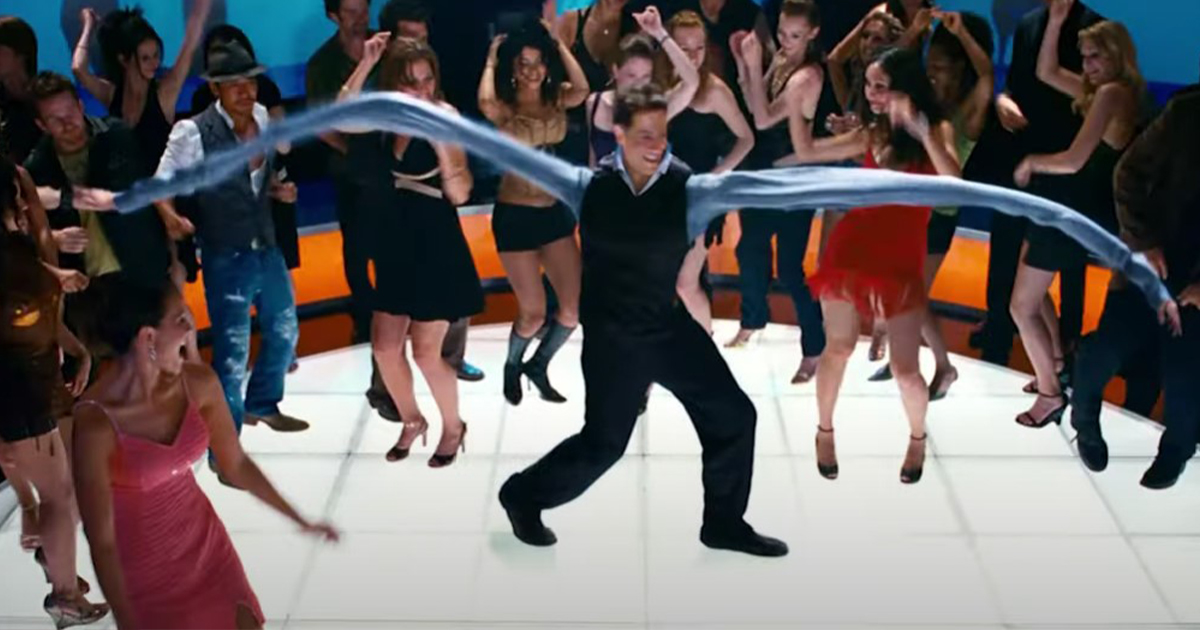
Marvel comics superhero team the Fantastic Four could never have been successfully brought to the screen in live action before the advent of CGI. Sadly, even since the advent of CGI, the first three attempts to do so proved somewhat catastrophic. In particular, the elasticity of Reed ‘Mr. Fantastic’ Richards seems almost impossible to bring to life without looking ridiculous.
In fairness, it seems the makers of the first two Fantastic Four movies (in which Ioan Grufford played Richards) were well aware that his big bendy arms and legs looked silly. From a certain point of view, then, it’s commendable that they embraced that absurdity with the party sequence in Fantastic Four: Rise of the Silver Surfer, with Reed quite literally throwing shapes on the dancefloor. However, from another point of view, it just looks utterly stupid and rather embarrassing.
The Genie in Aladdin (2019)
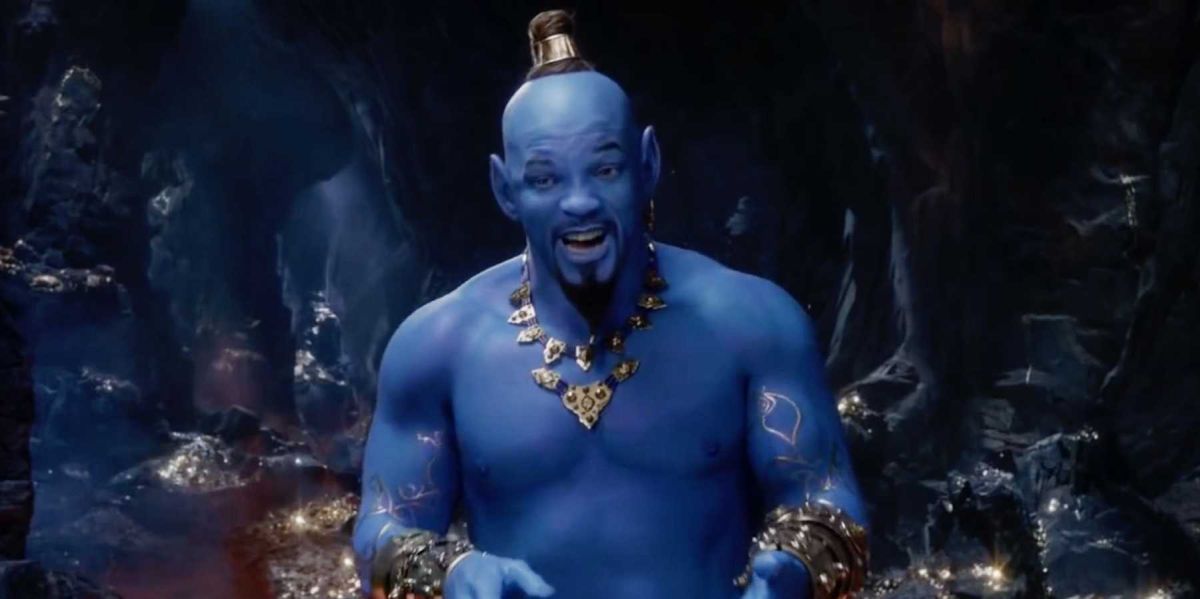
The biggest challenge in adapting Disney’s animated classic Aladdin to live action was always going to be the Genie. First off, the late great Robin Williams left some massive shoes to fill; secondly, the Genie’s god-like powers, rapid-fire movements and frequent transformations might work well in animation, but how best to do that outside of the cartoon arena?
The answer, of course, was CGI – but once again we see that even in the modern era, there are limitations to this technology. Surely just painting Will Smith blue would have been simpler and more effective than subjecting us to this freakish, uncanny digital creation with Smith’s face stitched on. He looks like a cross between Arnold Schwarzenegger and Papa Smurf.
The cats in Cats

After his successful big screen adaptation of Les Misérables, director Tom Hooper must have hoped that adapting another of the best-loved stage musicals of the last 50 years would be a walk in the park. Unfortunately, Hooper’s 2019 take on Cats proved to be a headline-grabbing movie for all the wrong reasons. On paper, it might have seemed like a good idea to use CGI to transform a cast including Taylor Swift, Idris Elba and Dame Judi Dench into anthropomorphic felines who sing and dance. In practice, however, it sent viewers hysterically running in droves to the nearest hypnotherapist in hopes of having all memory of these nightmare images scrubbed clean.
Mr Hyde’s fight in The League of Extraordinary Gentlemen
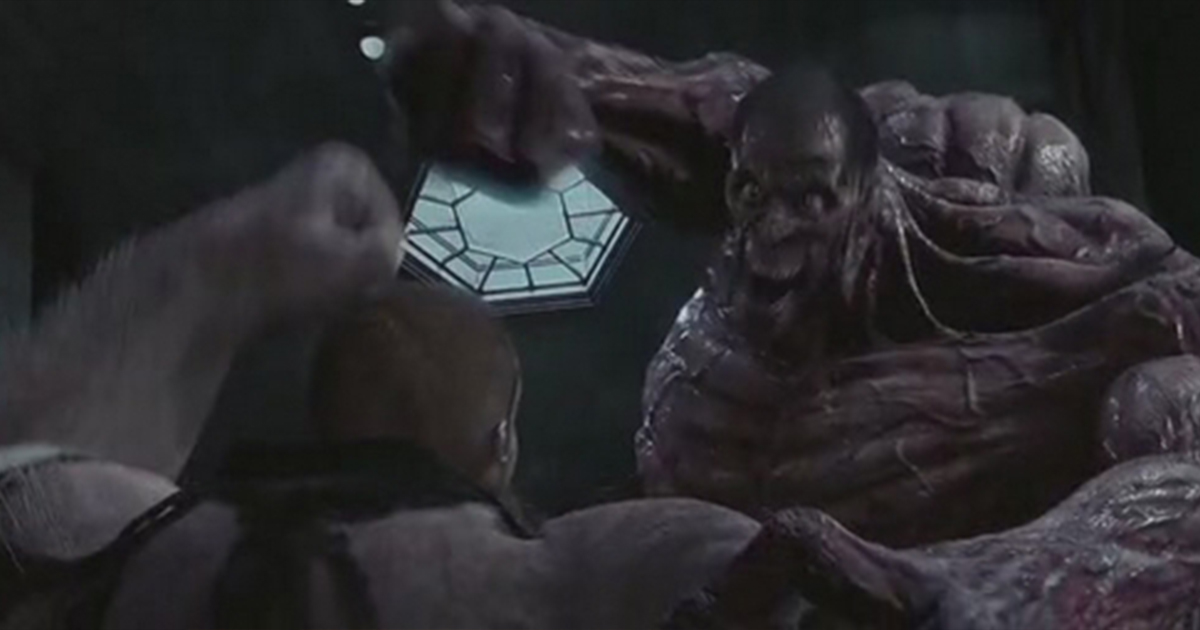
2003’s lacklustre comic book adaptation The League of Extraordinary Gentlemen will always live in infamy as the film that was so bad it prompted legendary leading man Sean Connery to retire from acting. As became the norm for big budget event movies of that era, an over-reliance on CGI was also evident.
For the most part the effects used to turn Jason Flemyng into the monstrous Mr Hyde aren’t that bad, but things really take a turn for the worse when he comes face to face with other monsters similar to himself. “Looks like me on a bad day,” he remarks. He’s not wrong, but it also looks very much like an end-of-level boss from a 90s arcade game.
Spider Smith in Lost in Space
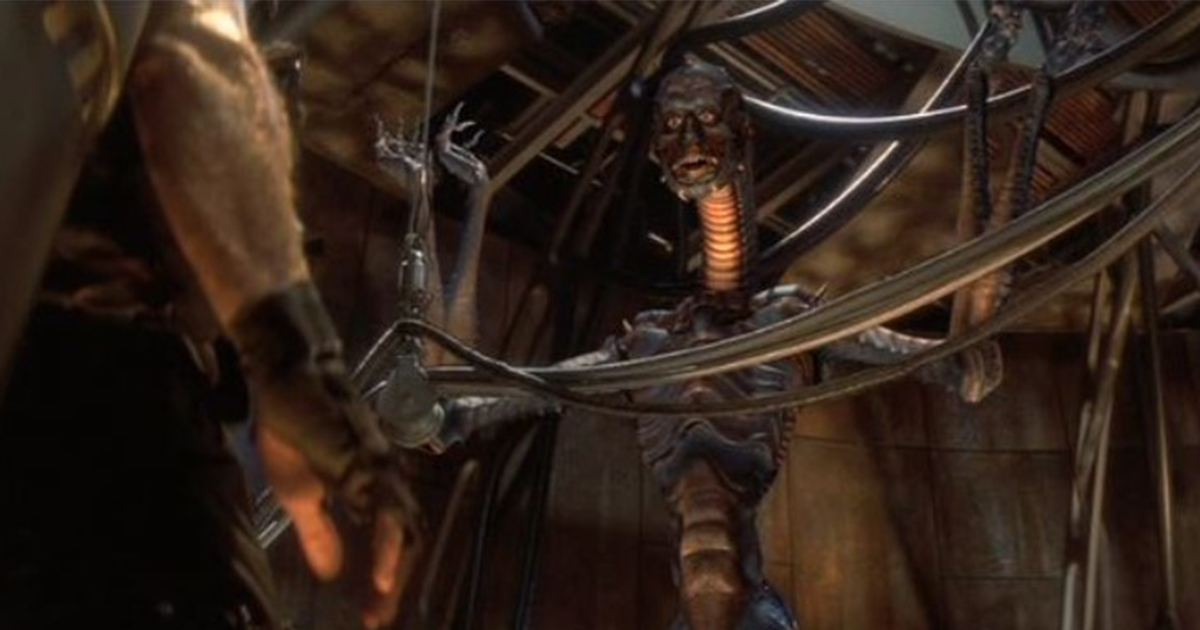
Between the classic 1960s sci-fi adventure series and the gritty Netflix reboot, Lost in Space was also adapted to the big screen in 1998. Despite a strong cast that includes the late William Hurt as John Robinson and bad guy specialist Gary Oldman as the duplicitous Dr Smith, nothing could save director Stephen Hopkins’ film from being a disaster.
Lost in Space’s problems are manifold, but one of the biggest issues is subpar CGI strained to its limits. While the cartoony sidekick Blarp is bad enough, nothing can quite prepare you for the overwhelming awfulness of the mechanoid spider-creature that Smith turns into in the final act.
The Freddy Caterpillar in Freddy vs. Jason
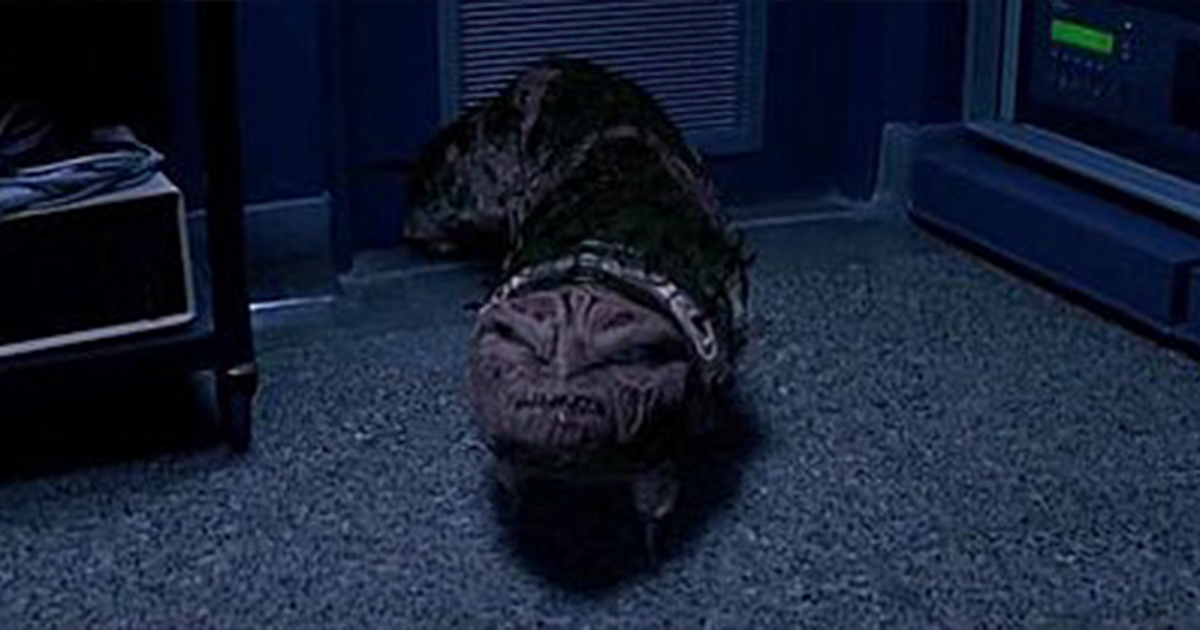
There’s no denying that Robert Englund’s iconic dream demon Freddy Krueger adopted more than his share of strange looks over the years. However, back in the original A Nightmare on Elm Street movies, these were achieved through costume, makeup and practical FX work, not the clunky CGI that was utilised for 2003’s Friday the 13th crossover movie Freddy vs. Jason.
Director Ronny Yu’s film sports a number of dodgy digital effects shots, but none quite so ghastly as the moment when, in the dream of stoner kid Freeburg (Kyle Labine), Freddy emerges as some freakish variant on the caterpillar from Alice in Wonderland. It isn’t just that the CGI is bad, it’s also the fact that the scene itself is so monumentally stupid.
De-aged De Niro in The Irishman
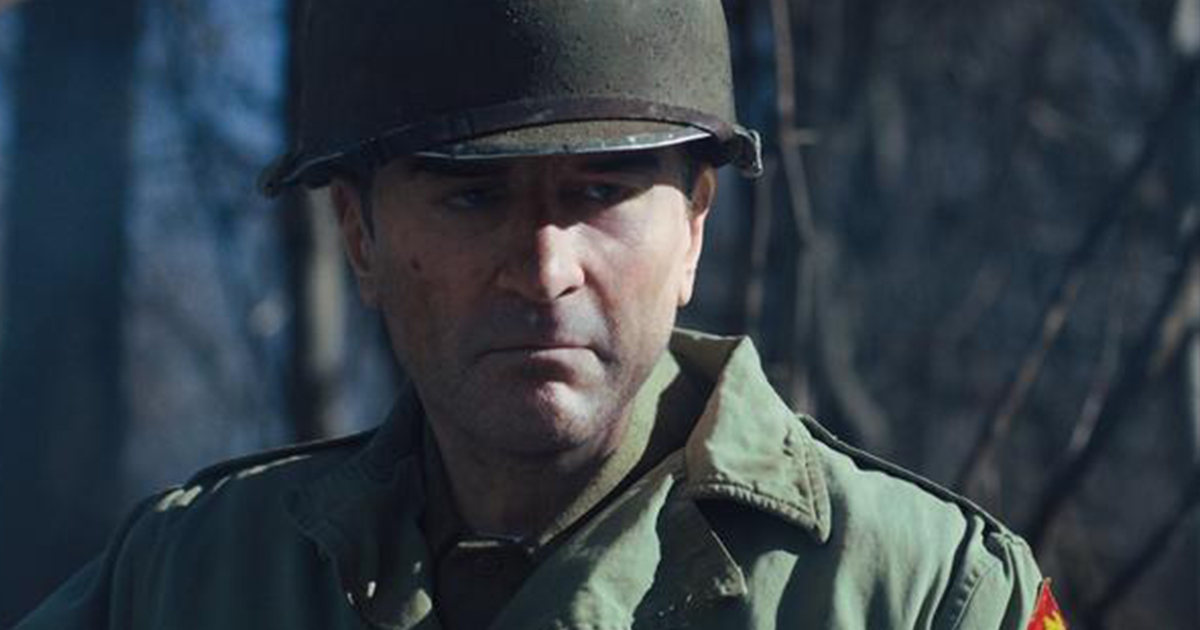
For viewers of a certain age, the arrival of 2019’s The Irishman was met with tremendous excitement. After a long wildness years period, legendary actor and director team Robert De Niro and Martin Scorsese were at last getting back together – and just to sweeten the deal they’d also brought along Al Pacino and lured Joe Pesci out of retirement.
Alas, it proved to be a bit of a good news-bad news scenario – and the bad news was that The Irishman relied heavily on CGI to make its septuagenarian leading men look young again for early scenes in the decades-spanning story. It’s debatable whether this was enough to really ruin the otherwise excellent film, but there’s no question some of the De Niro de-ageing is unconvincing.
Young Robbie in Central Intelligence
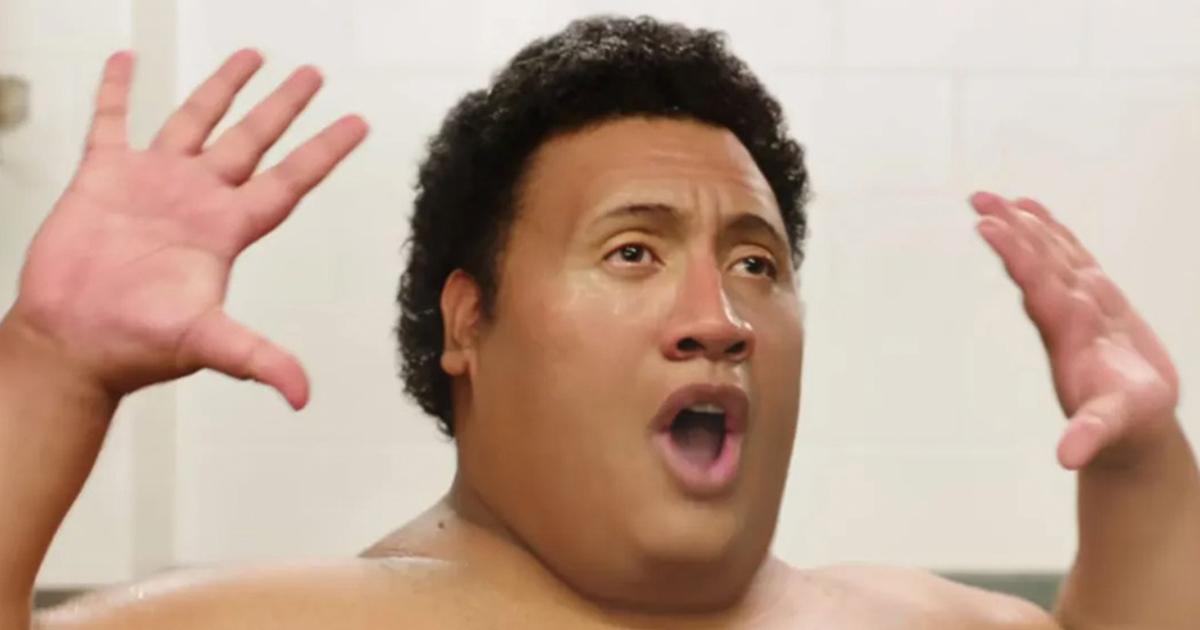
Sadly, The Scorpion King isn’t the only horrific CGI skeleton in Dwayne ‘The Rock’ Johnson’s substantial closet. 2016 action-comedy Central Intelligence casts Johnson as Bob Stone, a super-tough CIA agent who in his teenage years was a heavily overweight, put-upon outcast named Robbie Weirdicht.
In a flashback scene we see Robbie suffering his worst humiliation when bullies pull him out of the shower and throw him naked into the gym during a packed pep rally. To capture this, Dwayne Johnson’s face was digitally superimposed on the body of another actor. The scene may be aiming for a mix of bad taste humour and pathos, but it mostly just comes off creepy.
Car crash – In Time
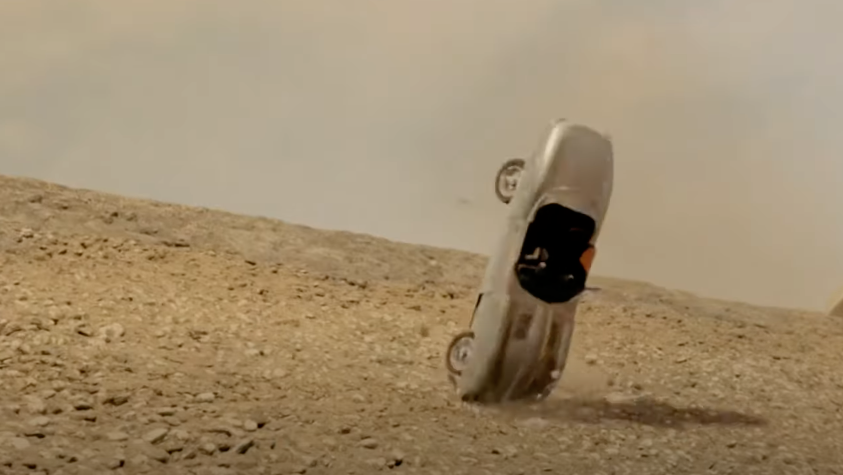
Supposedly, the first attempts to film the car crash scene for 2011’s In Time involved a toy car, and when that didn’t work a CGI version was hurriedly rushed out. This shows in how the car half-rolls, half-floats down an embankment, seriously violating thee laws of physics, and how the car’s occupants are conspicuously absent during the crash but abruptly reappearing in the next shot.
Monster transformation in R.I.P.D
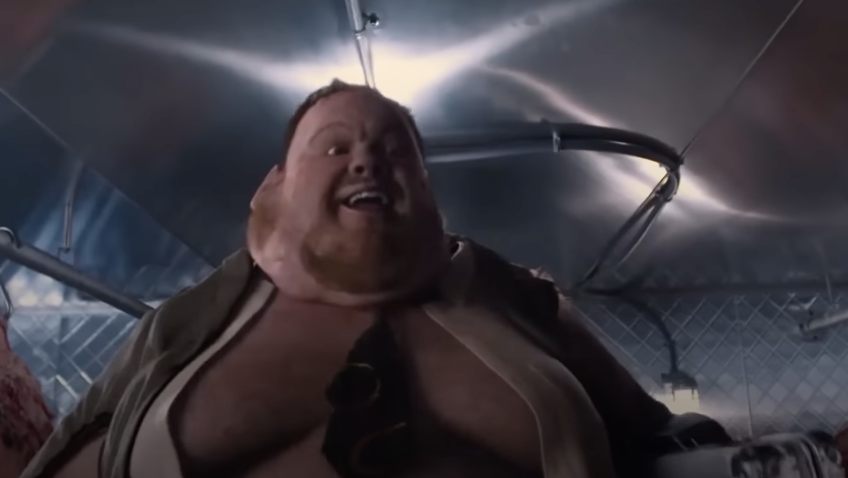
If you were to judge R.I.P.D on the sequence in which a human turns into an ogre and goes on the run through New York, you’d assume the film was a schlocky, low-budget B-movie from the 90s. In reality, R.I.P.D was made in 2013, stars Ryan Reynolds and Jeff Bridges and had a budget of around $150 million, making this sequence all the more inexplicable.
Transformations in Van Helsing
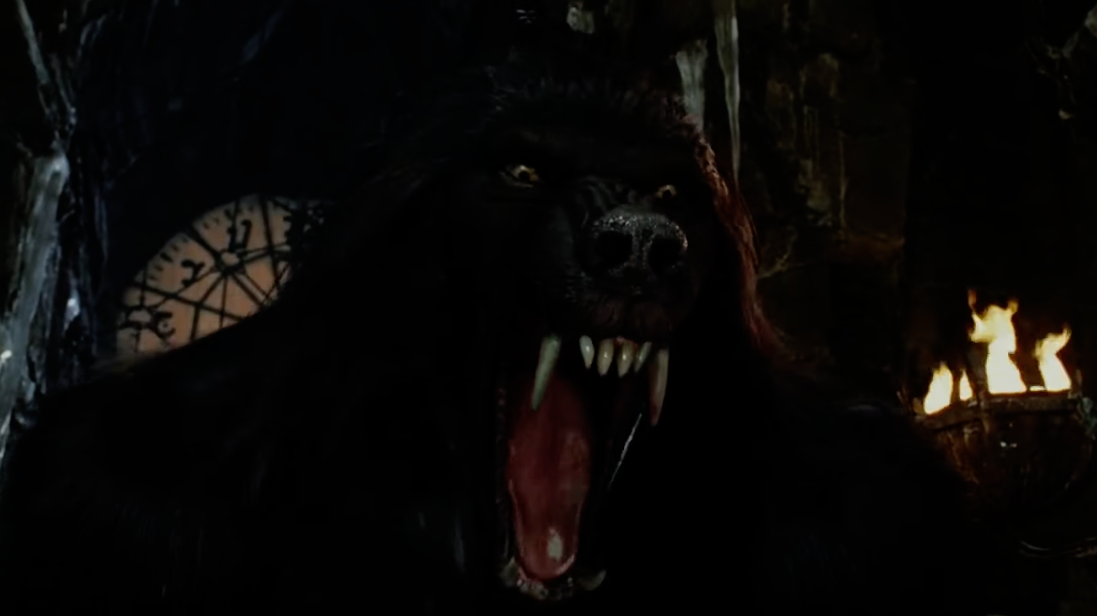
For all its flaws, 2004’s Van Helsing is still a lot of fun, and for the most part it’s pretty easy to look past the often subpar special effects. Unfortunately, the movie’s final showdown is completely undermined by the lacklustre CGI transformations of Van Helsing and Dracula, with the animated combatants having less than convincing effects on the environment as they throw each other around.
Monsters in The Langoliers
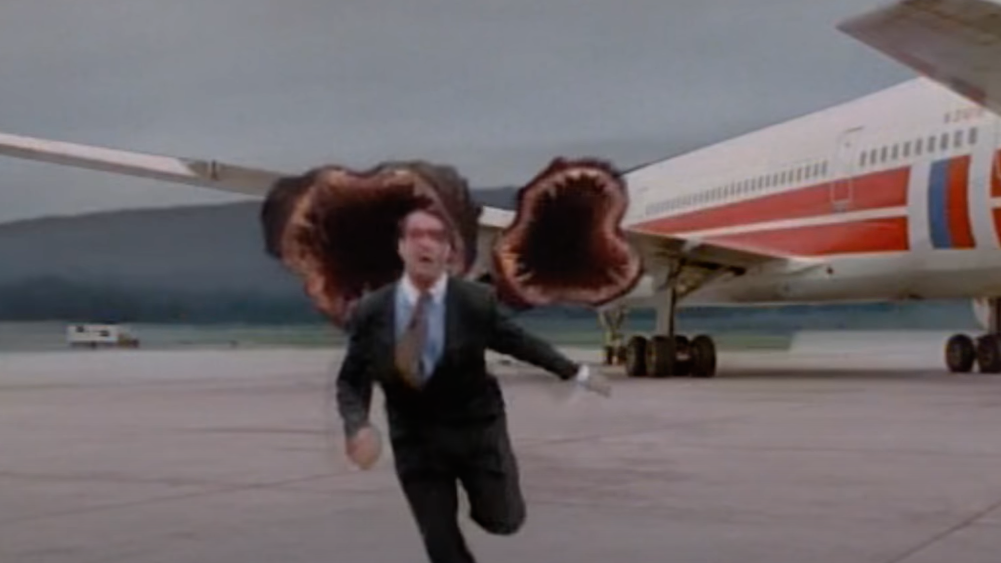
Based on a Stephen King short story, 1995’s The Langoliers’ will mostly be remembered for inspiring a classic Rick and Morty episode. While it might seem harsh to pick on the CGI of a TV film from the mid 90s, the movie’s time-travelling monsters – which strongly resemble predatory meatballs – look almost unbelievably bad, and it’s pretty hard to be scared when you’re laughing uncontrollably.
The deer in Ring 2
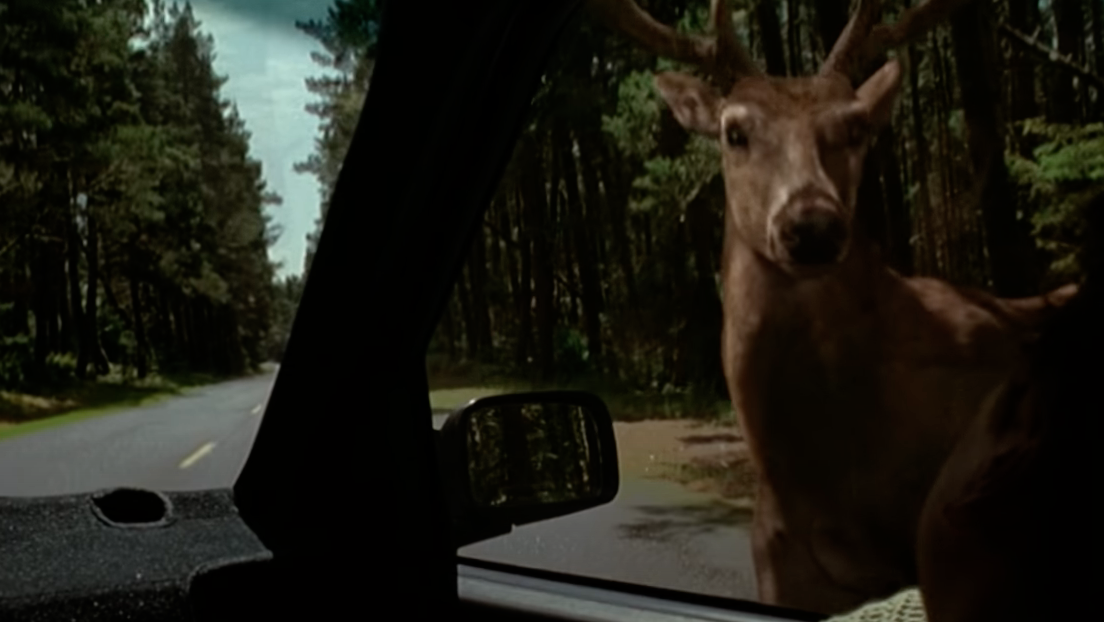
2002’s Japanese horror remake The Ring is the rare example of an American remake that didn’t butcher its source material. The same cannot be said for its 2005 sequel. While there’s a lot to hate in the film, by far the most cringeworthy moment is a group of possessed deer, which look unnaturally smooth and glossy courtesy of some aggressively terrible CGI.
The final fight in Blade
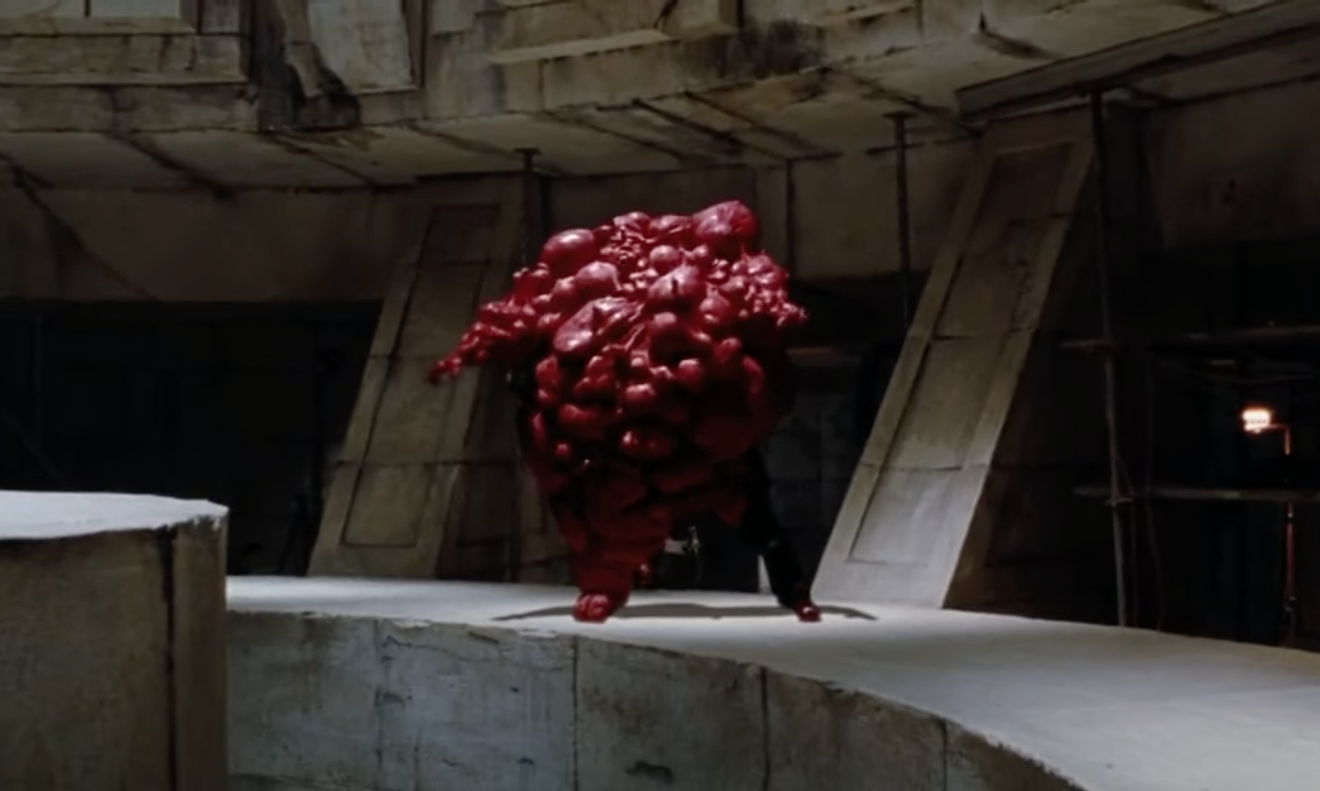
Blade was released in 1998, around the time that CGI was becoming incredibly prevalent in movies, and the filmmakers enthusiastically made use of all the latest technology. The results were mixed. While some of the special effects sequences in Blade still look reasonably good by today’s standards, the final fight scene contains some moments that look like they belong in an old video game.
Cat attack in Let the Right One In
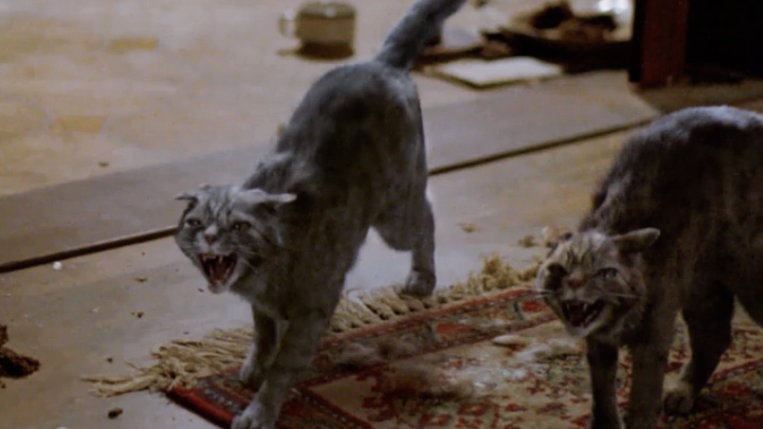
2008’s Let the Right One In is an all-round excellent movie, relying on a slow-burn pace and subdued acting to craft a thick, oppressive atmosphere. Unfortunately, this is almost entirely undone by a scene in which a bunch of comically animated cats go wild and attack a character, with the sequence bordering on slapstick.
The Quidditch lesson in Harry Potter and The Philosopher’s Stone
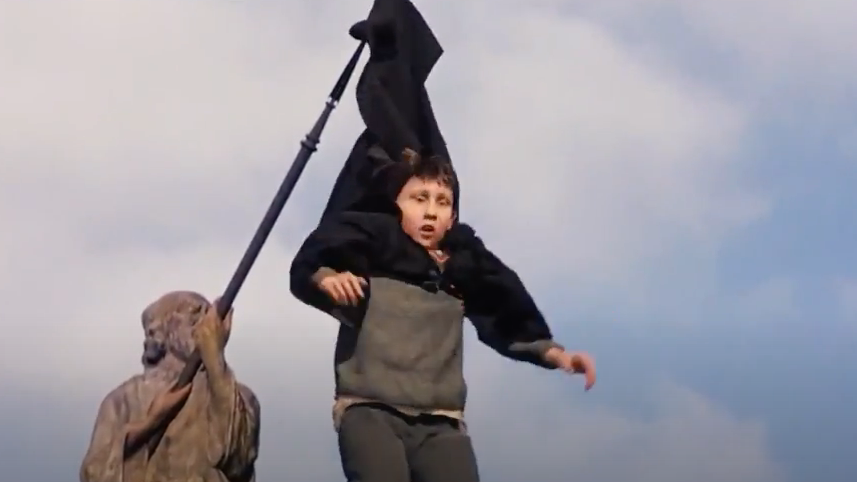
The Harry Potter films have aged fairly well, mostly due to the impressive practical effects used in the earlier movies. There are some scenes, however, that simply wouldn’t have been achievable with practical effects, and they really show how primitive CGI was back then. In particular, the sequence in which Neville Longbottom loses control of his broom in the first movie looks staggeringly bad.
Mary Jane in Scooby Doo
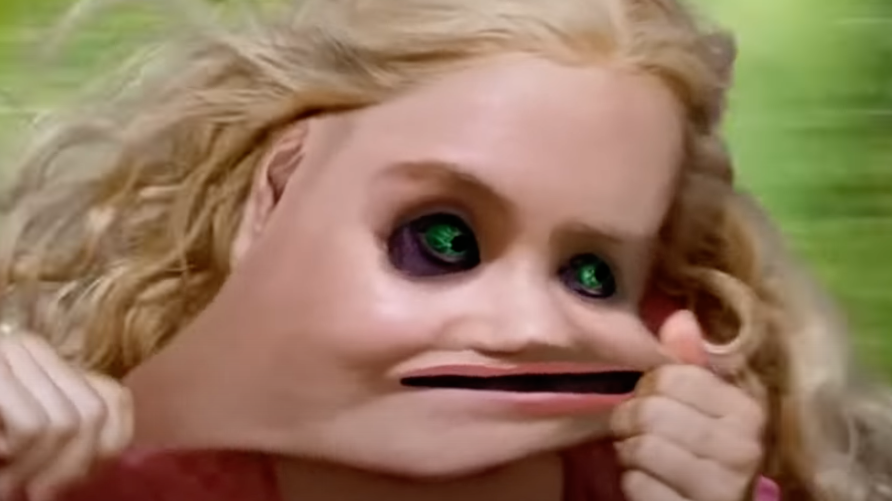
Bad CGI usually turns a scene that was meant to be scary into unintentional comic relief, but in the case of Scooby Doo’s live-action remake it has the exact opposite effect. Mary Jane’s abrupt transformation into a stretchy-skinned abomination with weirdly jittery green eyes is played for laughs, but it’s absolutely horrifying, thanks to some of the most cursed CGI in the history of film.
Destro’s transformation in G.I. Joe: The Rise of Cobra
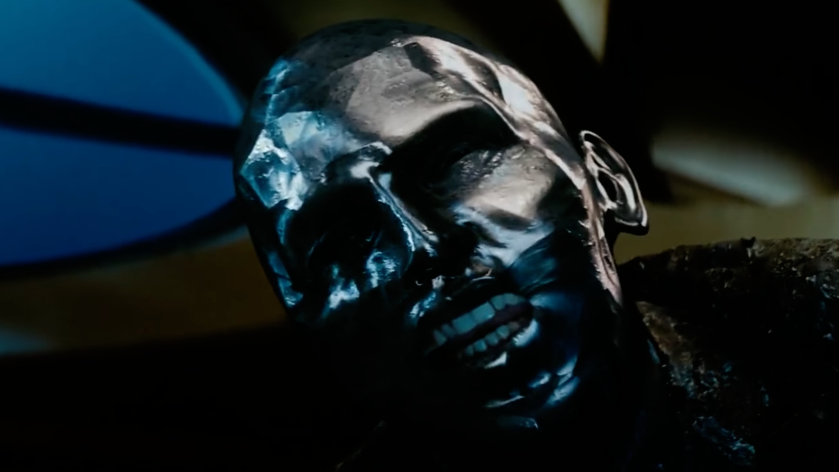
The scene in G.I. Joe: Rise of Cobra in which Destro’s face is healed with nanomites starts off promisingly, with a cool metallic effect spreading across the character’s head. Then Destro starts talking, and it becomes clear that the special effects department have just transplanted the Christopher Ecclestone’s lips and eyes onto the animation, resulting in something that looks like a bad TikTok filter.
The chase in Lockout
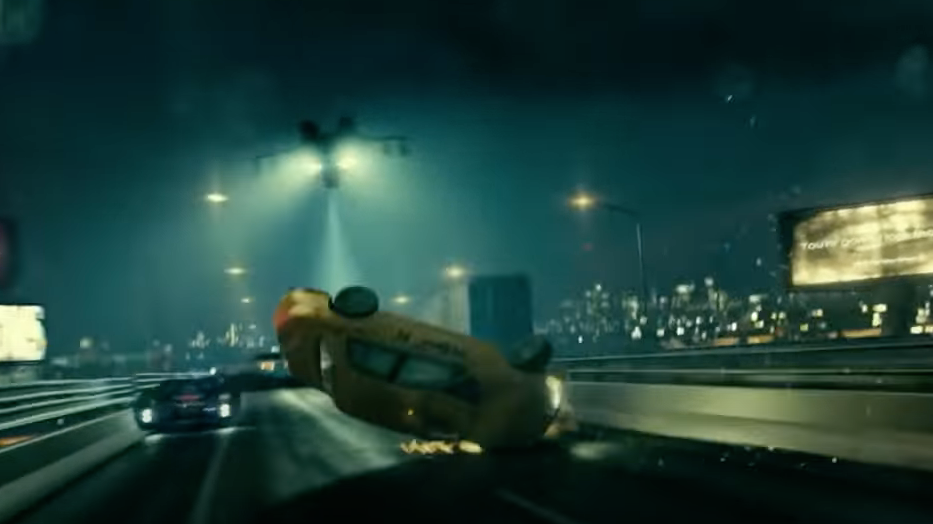
Lockout is far from a terrible film, but you could be forgiven for thinking it was based on the stunningly bad chase sequence. Everything, from the futuristic motorbike the protagonist is riding to the ways cars flip after crashing just looks plainly awful, and it’s almost impossible to conceive that such effects were deemed acceptable in 2012.
Anakin riding a space cow in Attack of the Clones
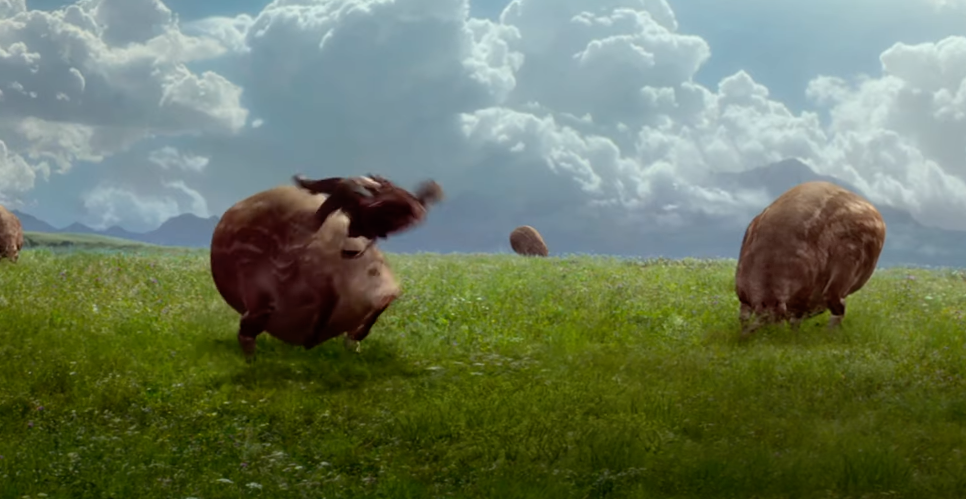
For all their problems, the Star Wars prequels contained some pretty impressive CGI sequences. At some moments though, it felt like the VFX team just stopped caring, such as this ridiculous and completely unnecessary scene in which Anakin rides an awfully rendered alien animal that looks like a cross between a pig, a cow and a tick.
The wolves in The Day After Tomorrow
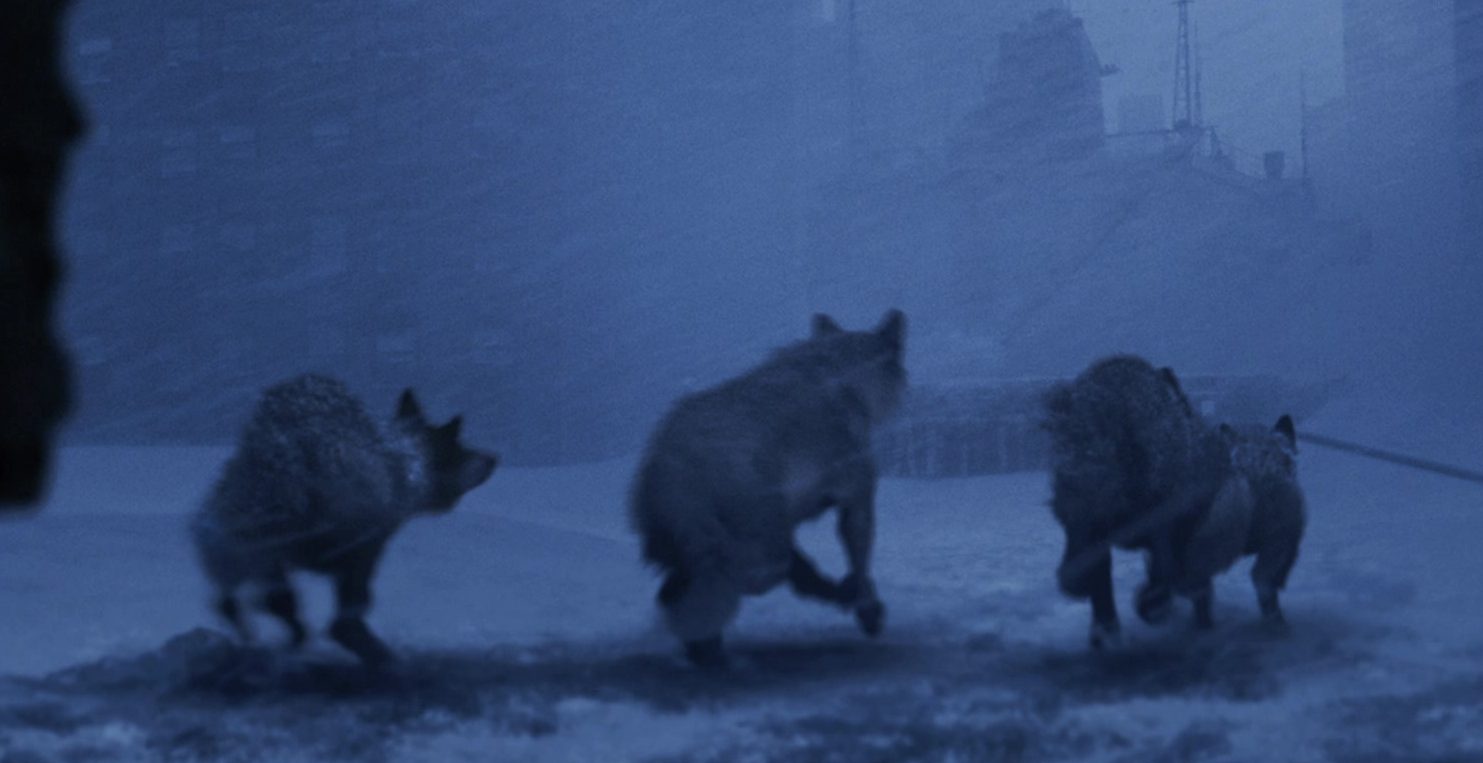
Towards the end of 2004’s The Day After Tomorrow, Jake Gyllenhaal’s character faces off against a group of wolves. Apparently, trained wolves were originally used, but they were substituted for CGI for the final cut. This was a mistake, as the animated beasts neither look nor move like real wolves, flinging themselves through the air in a way that’s hard not to laugh at.
The Others in The 5th Wave
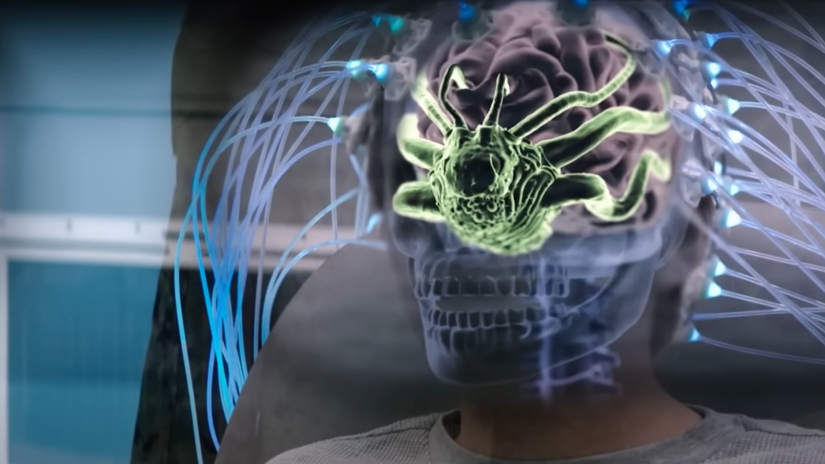
2016’s The 5th Wave was widely loathed by fans and critics. While some of the film’s special effects – like the tsunami sequences – were actually pretty decent, the same cannot be said for the moment when alien invaders The Others are viewed in their true form. Aside from looking like blatant Facehugger ripoffs, the creatures are rendered in some hilariously shoddy CGI.
The steering wheel in Mad Max: Fury Road
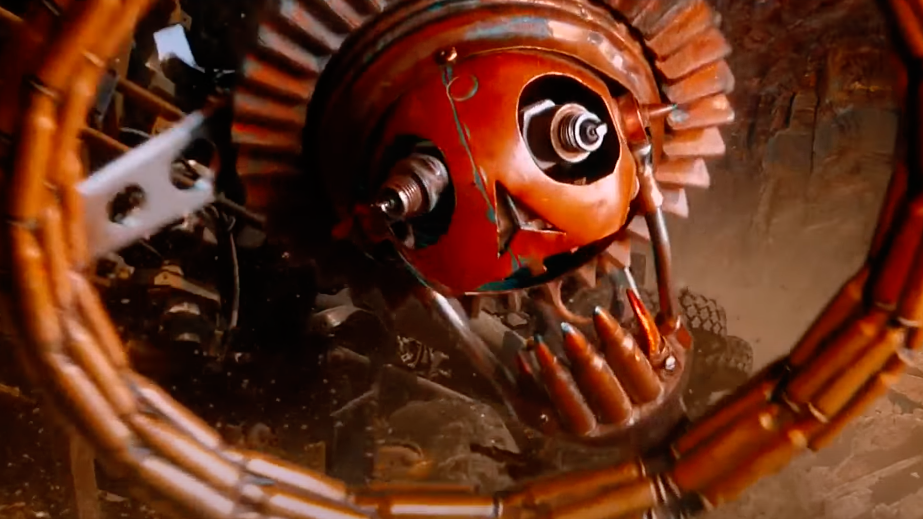
Mad Max: Fury Road is a masterclass in how to reboot a franchise, and it’s one of the most visually spectacular films of all time. Arguably the only moment that lets the movie down is the steering wheel that flies at the screen after Nux crashes his car. The shot was clearly designed with the 3D craze in mind, and it looks completely tacky.
The Xenomorph in Alien: Covenant
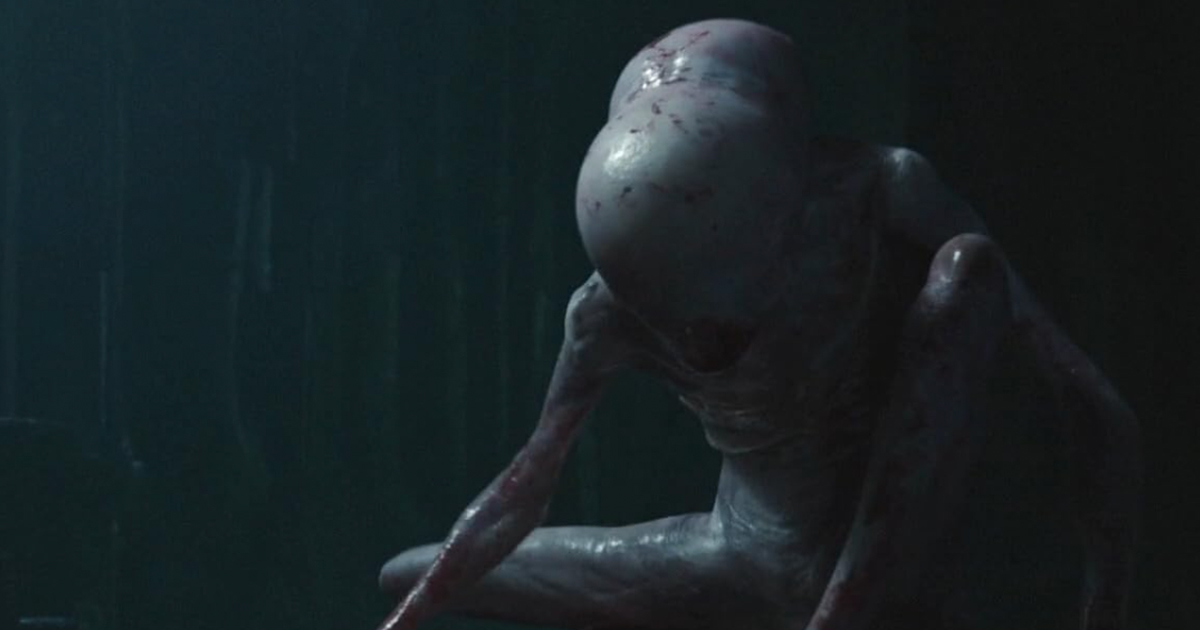
The original Alien film is a seminal work of horror and it’s still scary when watched today, largely due to the convincingness of the practical effects used for the Xenomorph. While fans of the franchise were overjoyed at the news that Ridley Scott was back at the helm for Alien: Covenant, they were largely underwhelmed by the CGI, which looked outdated and glaringly obvious.
The chase in Ultraviolet
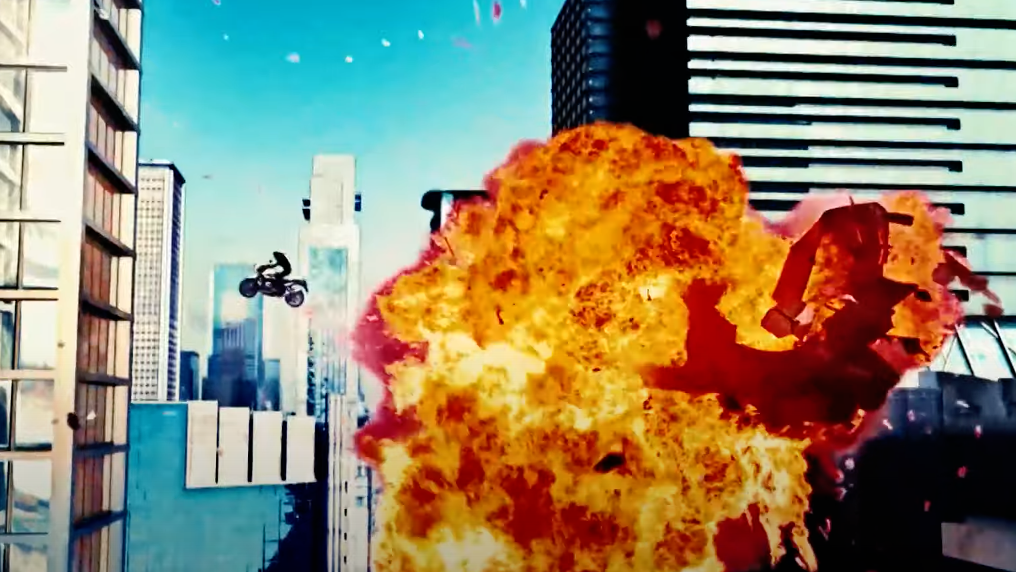
Pretty much all the CGI in 2006’s sci-fi action horror Ultraviolet is complete and utter garbage, but the motorbike chase scene stands out as the absolute worst the movie has to offer. Everything – from the visual effects to the green screen to the physics – is just completely wrong, and it’s almost embarrassing to watch.
The Corn God – Children of the Corn
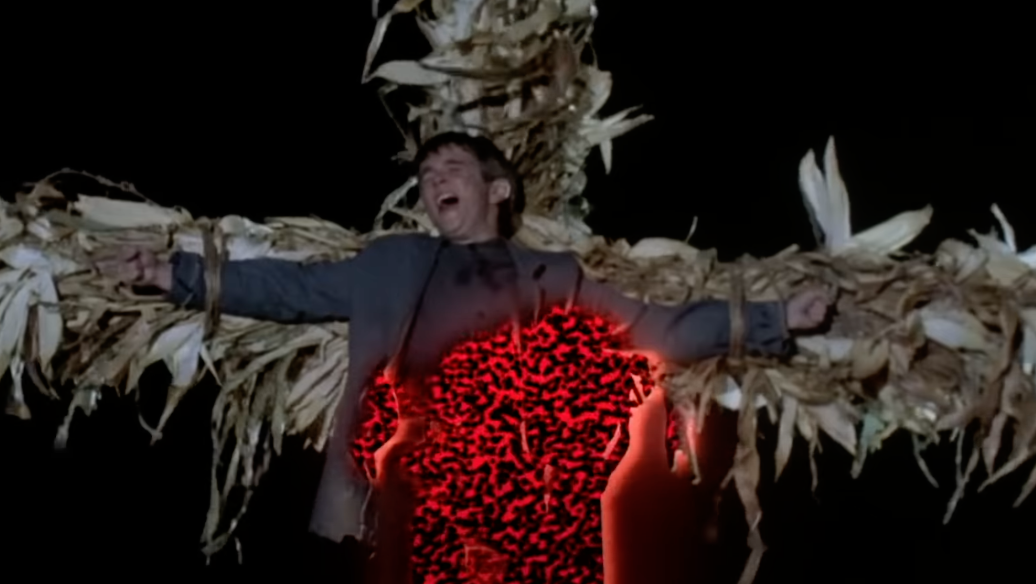
For most of its runtime, 1984’s Children of the Corn is a genuinely eery movie. Unfortunately, the movie’s unintentionally hilarious climax sees the appearance of the Corn God, a demonic entity that is visually represented by a spreading cloud of red and black squiggles. Still, this film at least has the excuse that it was only 1984, and still very early days for CGI.
The transformation in Ghost Rider
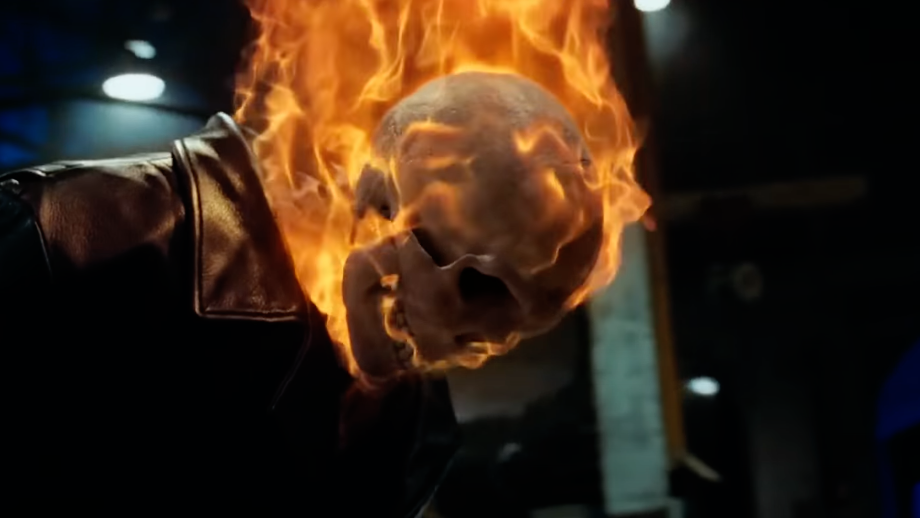
If there’s one thing that this list clearly demonstrates, it’s that CGI transformations are really, really hard to get right. Another film that gets it completely wrong is 2007’s Ghost Rider, which tries to cover up how bad it looks when Nicolas Cage transforms into his demon form by adding random, tacky explosions of fireballs to obscure the special effects train wreck unfolding on screen.
Sculptures – The Haunting
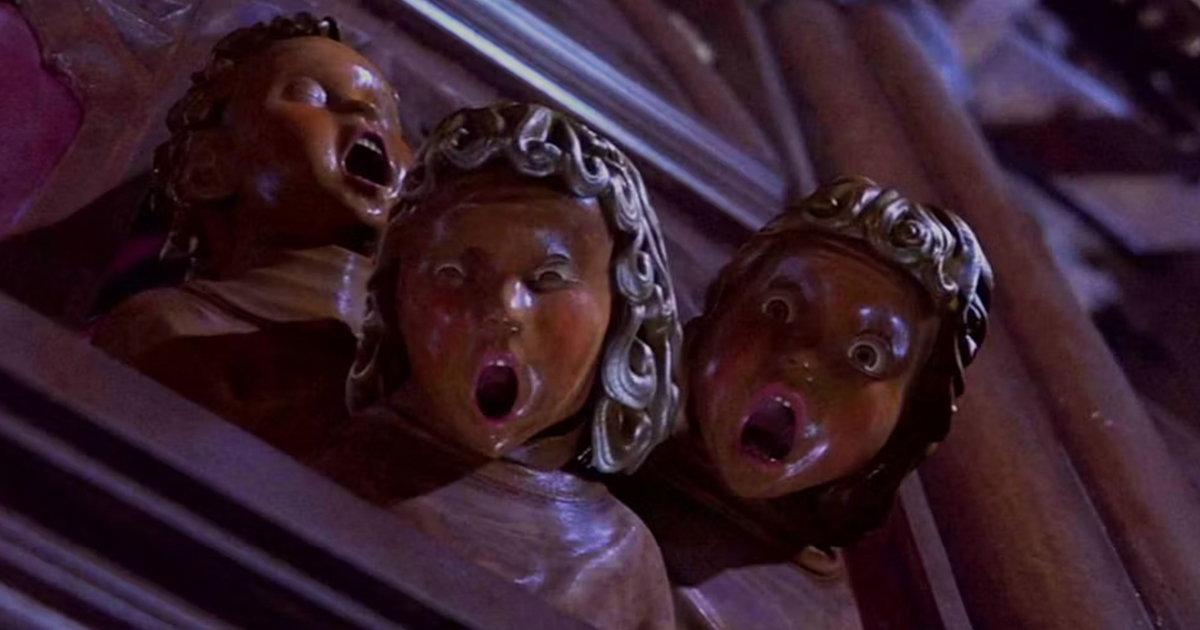
Based on a classic horror from the 60s, 1999’s The Haunting proves that bad CGI always loses to clever camerawork and ambiguity. While the original alluded to its supernatural happening in a genuinely scary way, the remake tries to make its horror more visceral with some woefully animated haunted wooden sculptures, but it only succeeds in making viewers cringe.
Baby doll – One Missed Call
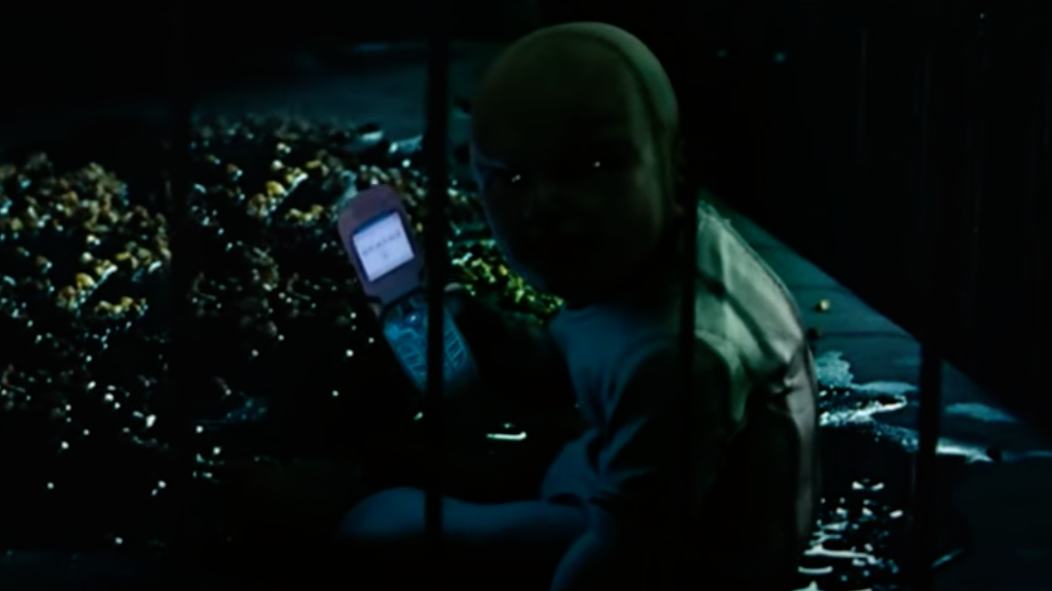
2008’s One Missed Call is one of the rare films with a 0% rating on Rotten Tomatoes, and it’s not hard to see why. The film relies almost exclusively on CGI to provide its scares, which – considering that the animation is resolutely terrible – is a serious problem. The worst moment features a demonic baby sitting in a crib using its phone, and it’s absolutely awful.
Michael’s mask in Halloween H2O: 20 Years Later
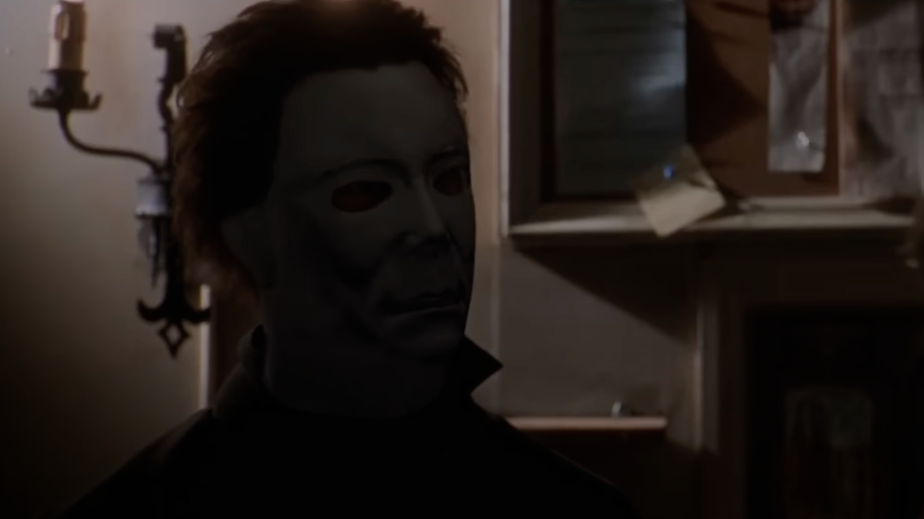
Michael Myer’s mask is an icon of horror, but – for some inexplicable reason – multiple different masks were used during production of Halloween H2o: 20 Years Later. This resulted in some glaring continuity problems, and, rather than reshoot the necessary scenes, the filmmakers tried to fix the issue with CGI, resulting in this unintended hilarity.
Unnatural breath in The Social Network
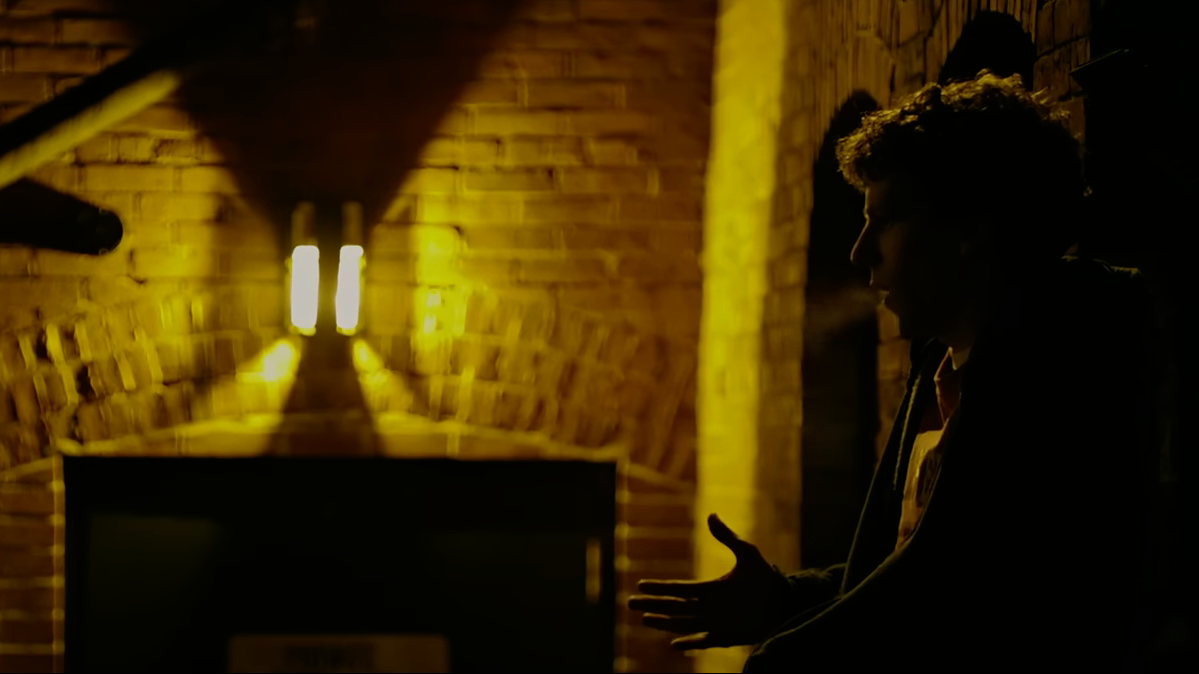
2010’s The Social Network is about the last place you’d expect to find bad CGI – or indeed any CGI – but here we are. In one scene, two characters step outside to have a discussion, and it’s mentioned that it’s cold. CGI was used to make it seem like their breath is condensing, but it looks more like their souls are leaving their bodies.
Pip the Troll in Eternals
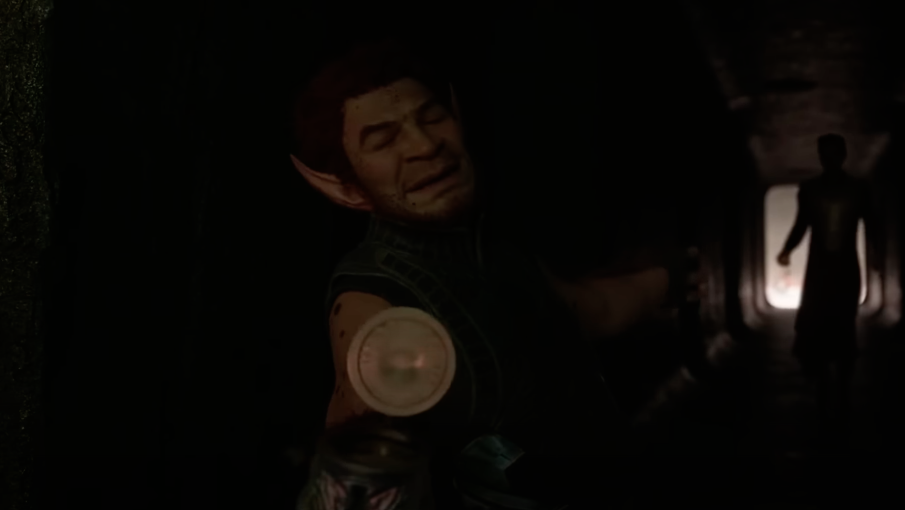
In recent years, many fans have claimed that Marvel’s CGI is actually getting worse, and if this example is anything to go by, it probably is. After credits scenes have become an integral part of Marvel movies, so it’s astonishing that the stinger for 2021’s Eternals revolved around Pip the Troll, an animated character that wouldn’t look out of place in a PS2 game.
The Chitauri in The Avengers
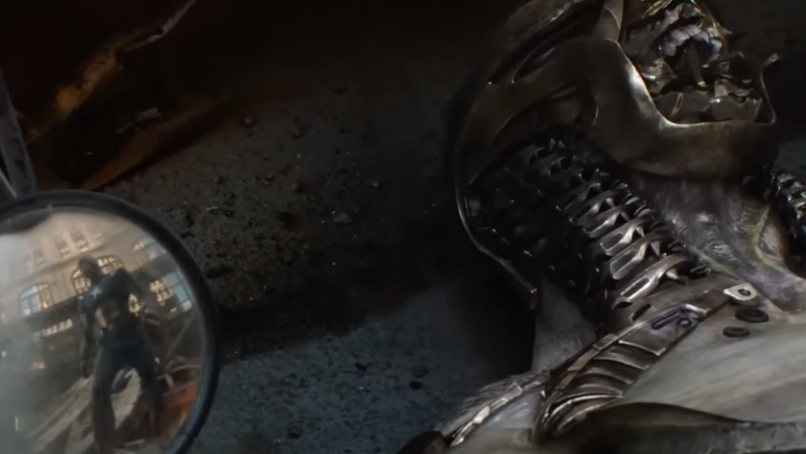
If there’s one thing the Marvel Cinematic Universe is known for, its mind-blowing CGI. This, however, doesn’t extend to the Chitauri. Since there’s normally lots of them on screen at once, the VFX team presumably thought they could get away with phoning it in, but when a shot lingers on a closeup of one of the aliens it quickly becomes apparent how bad they look.